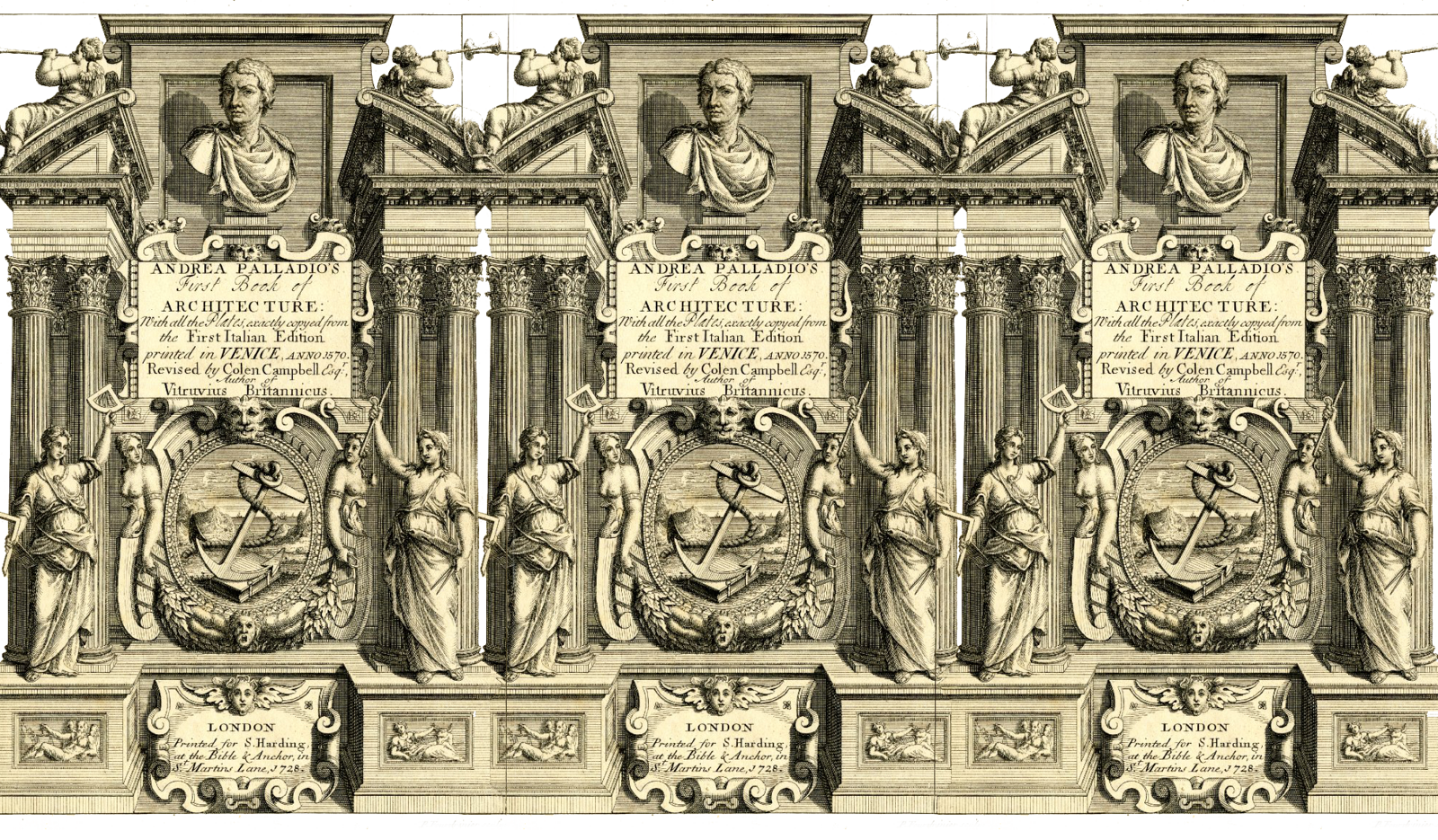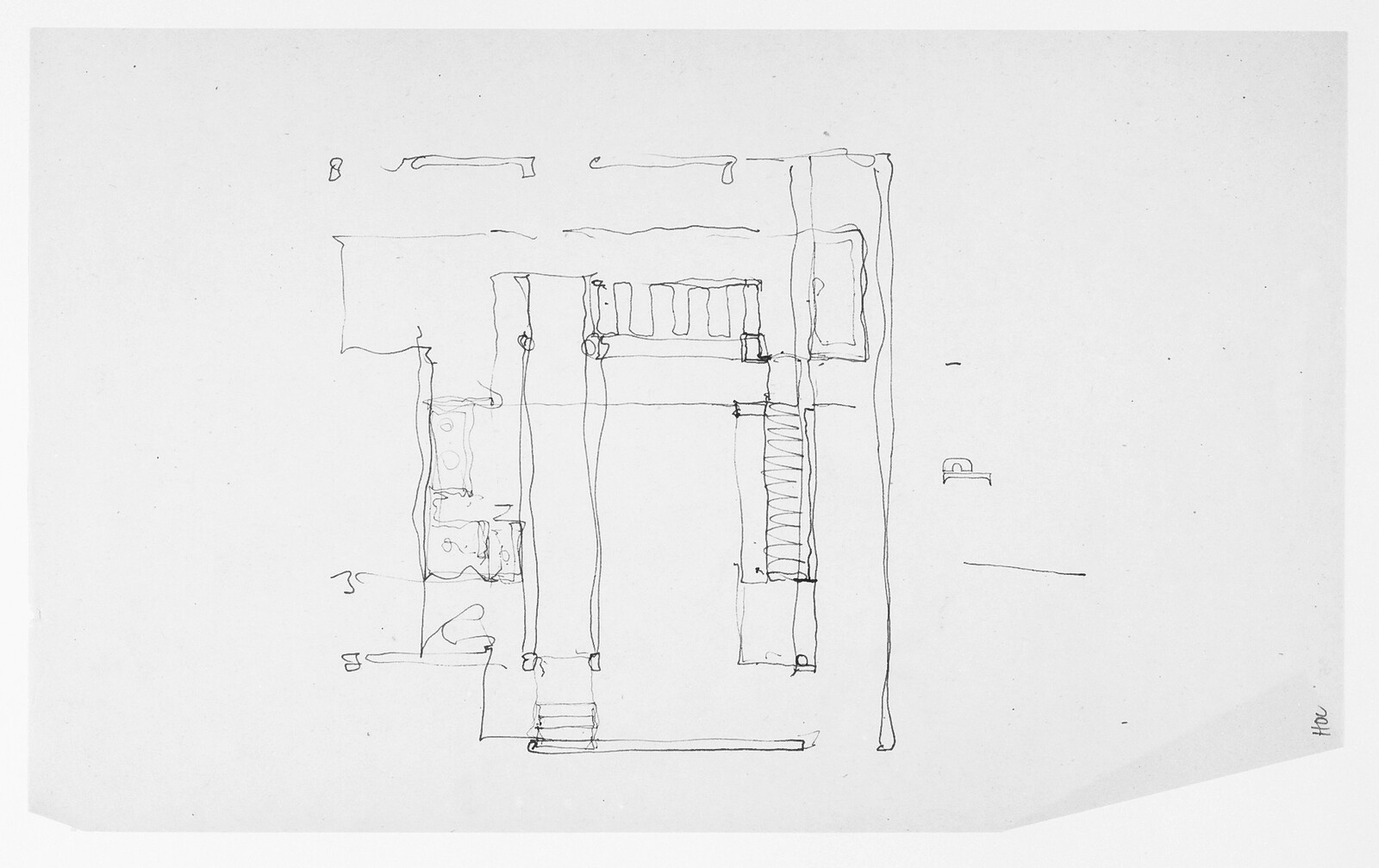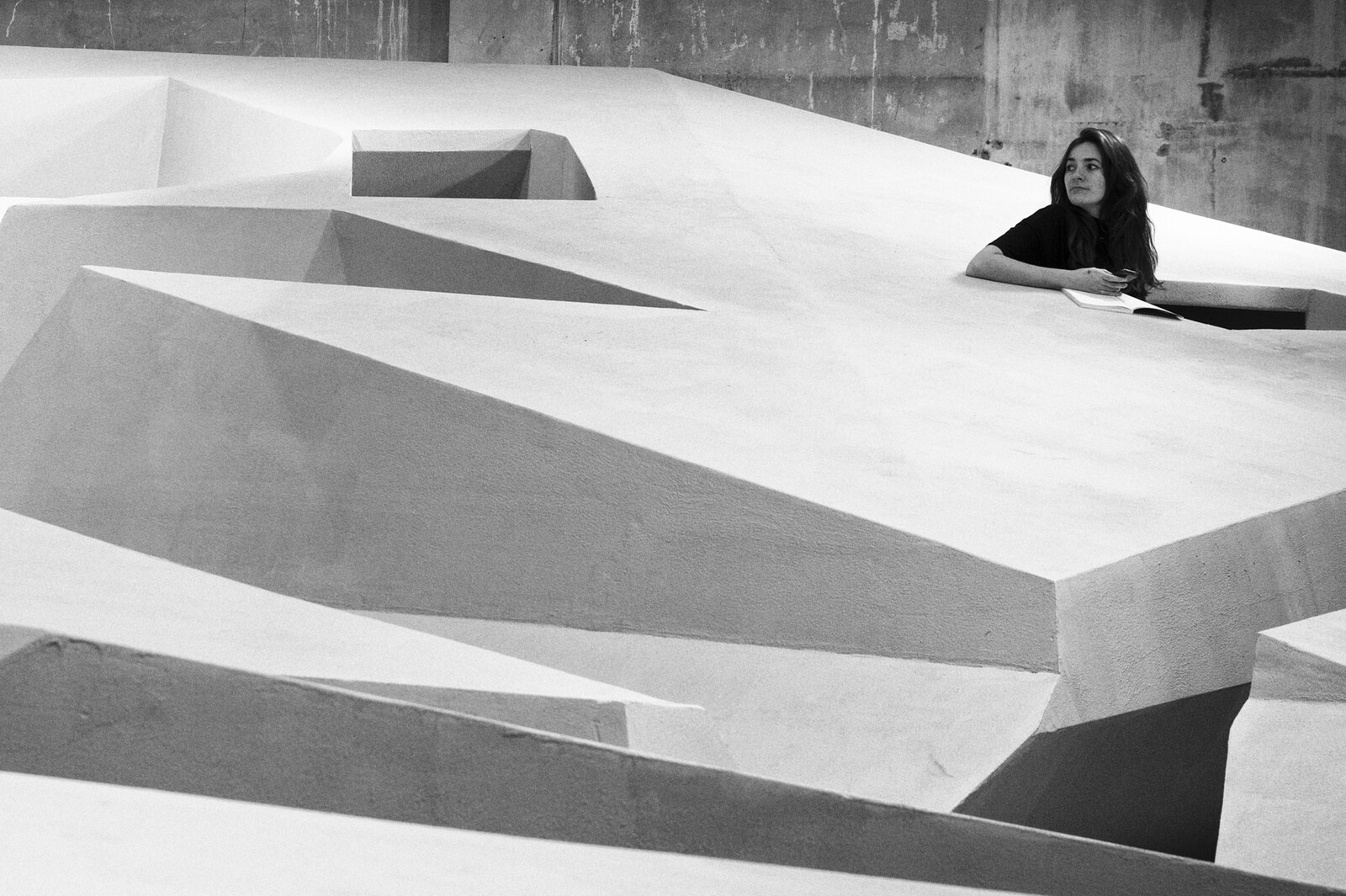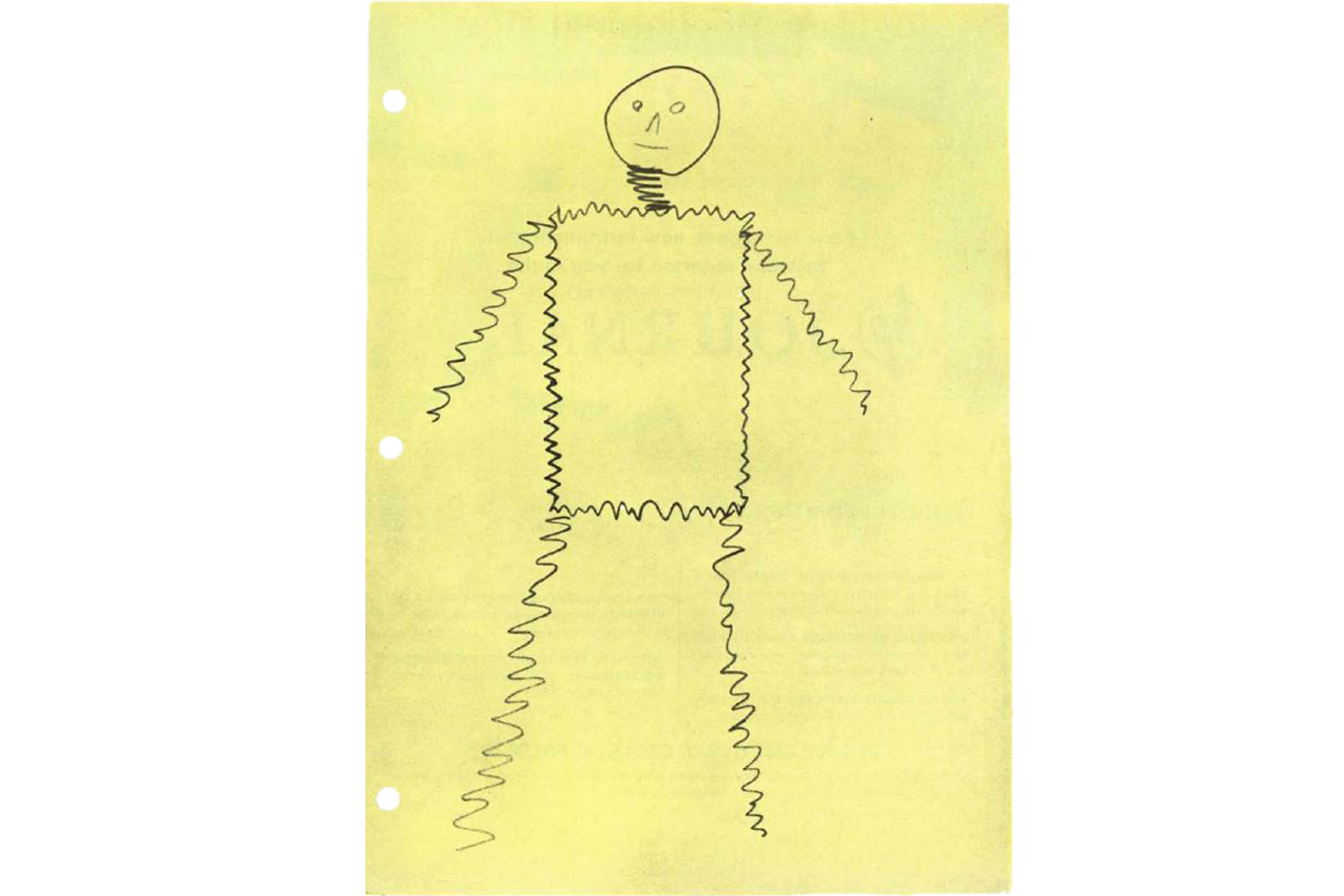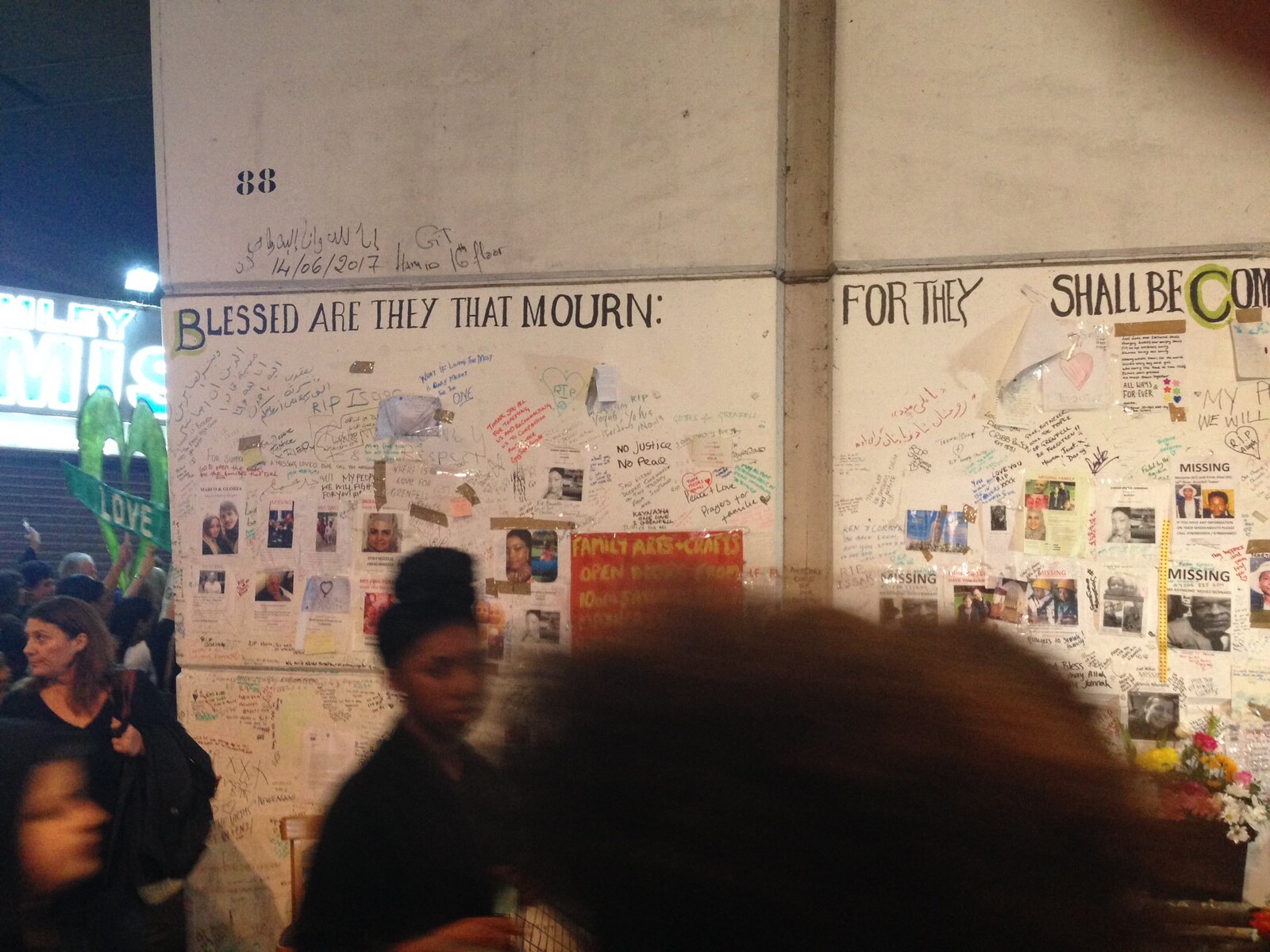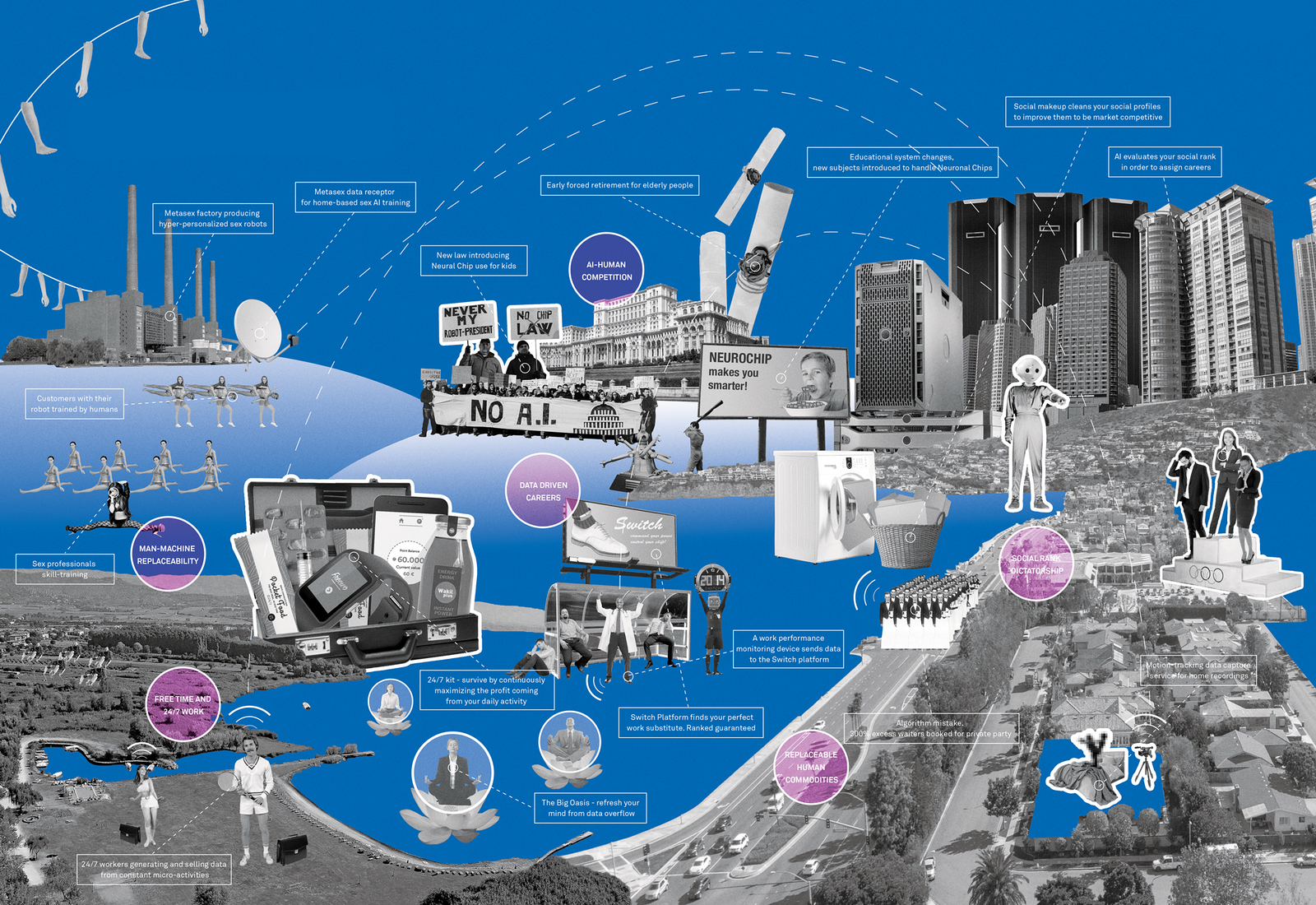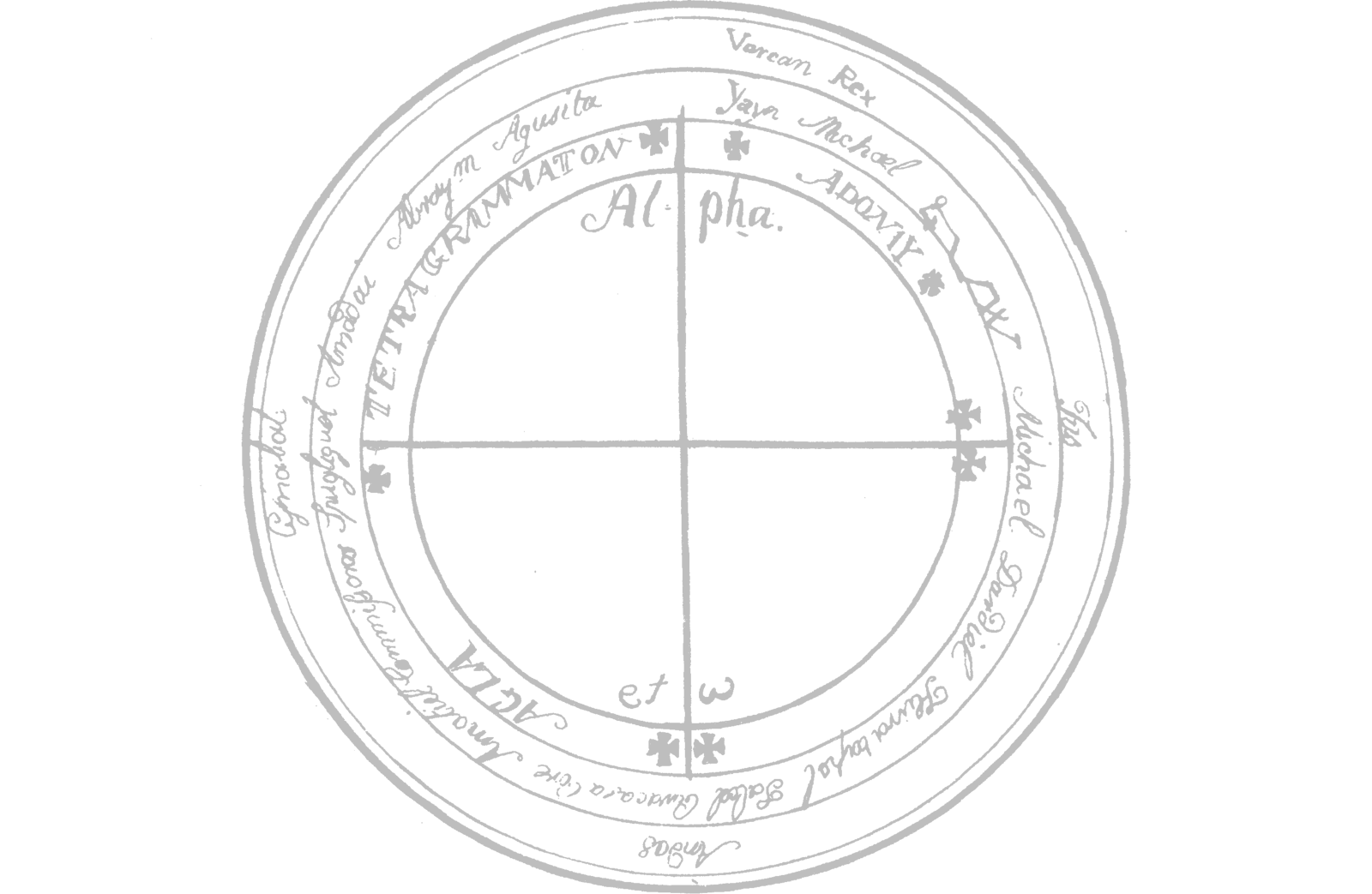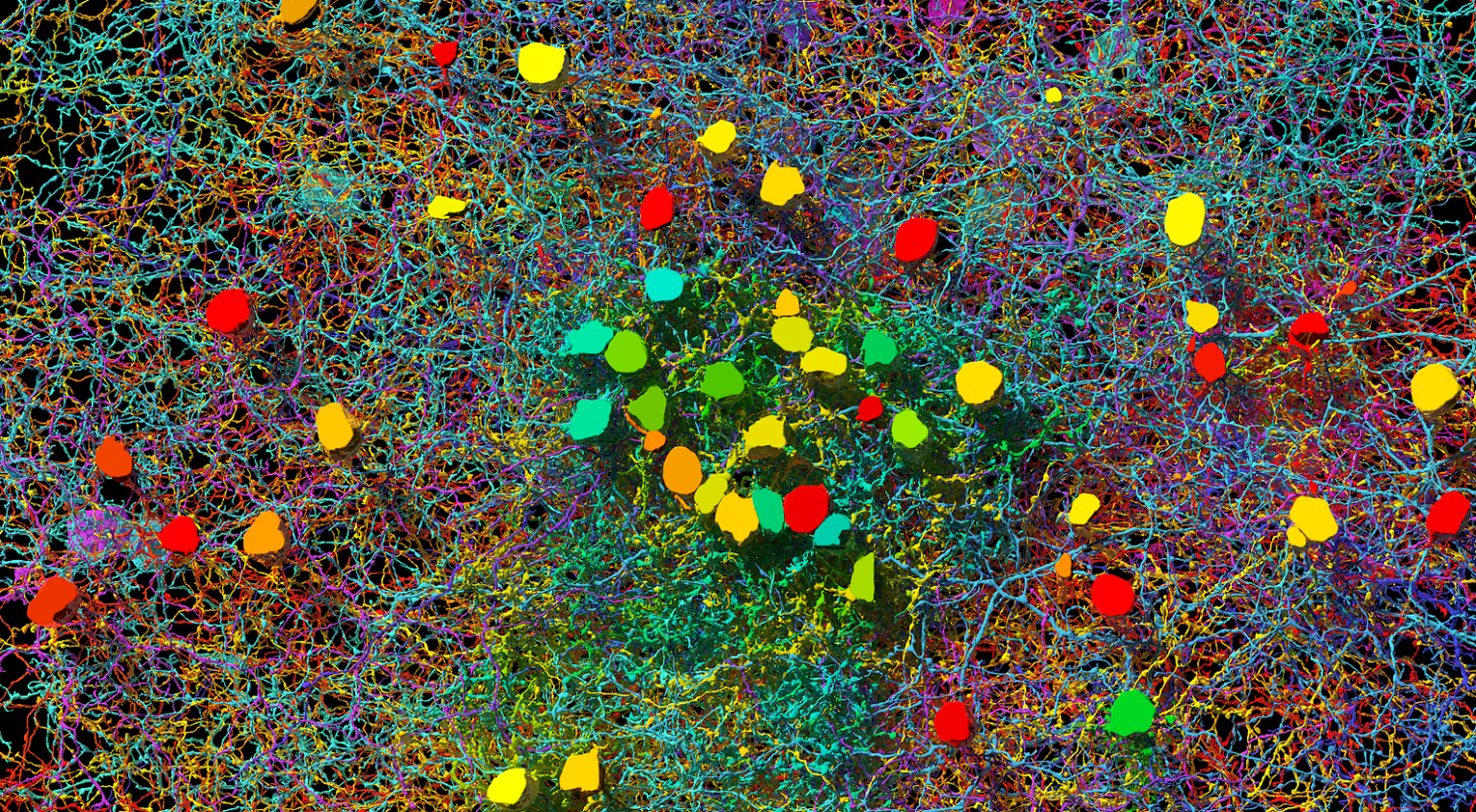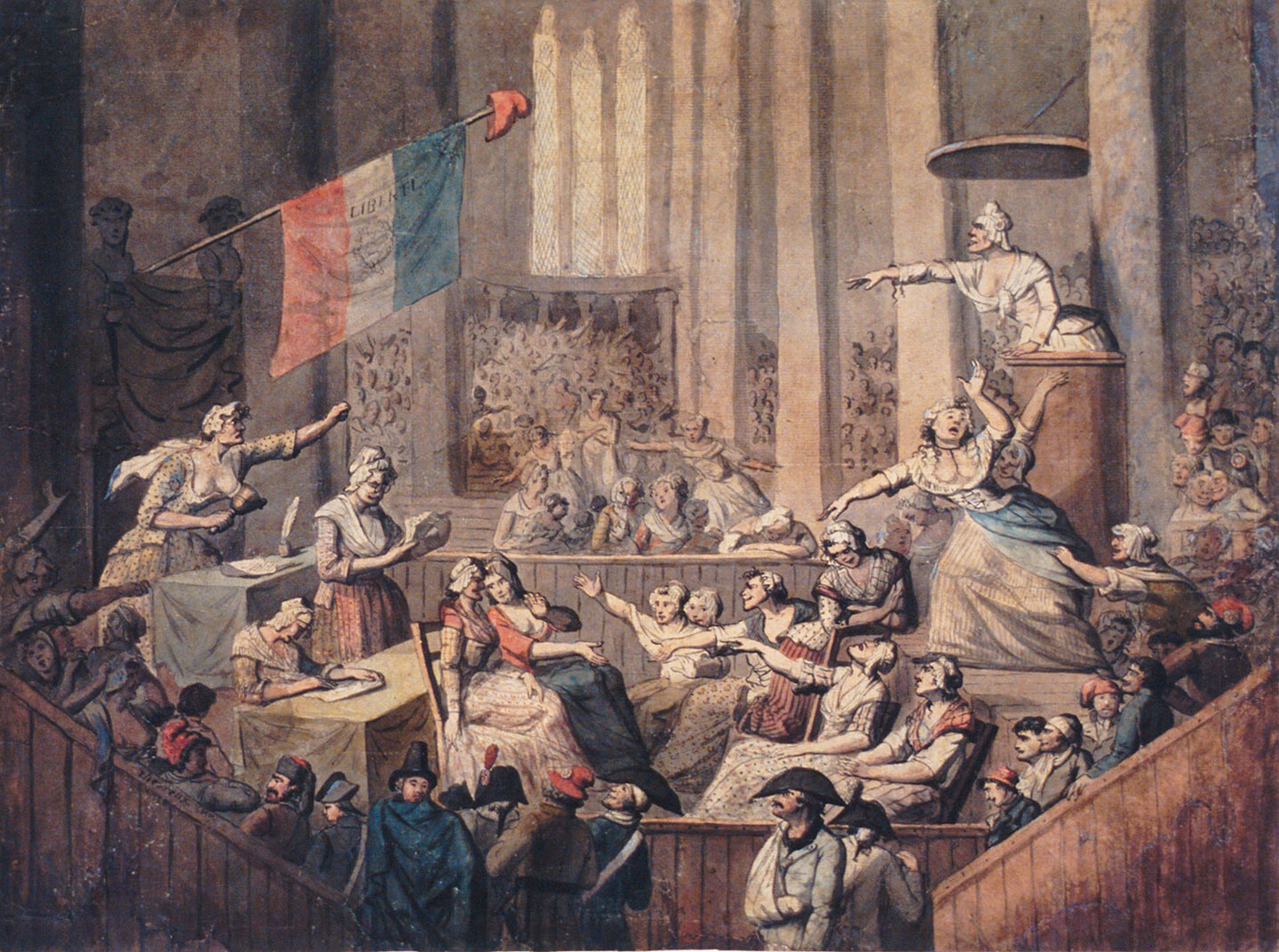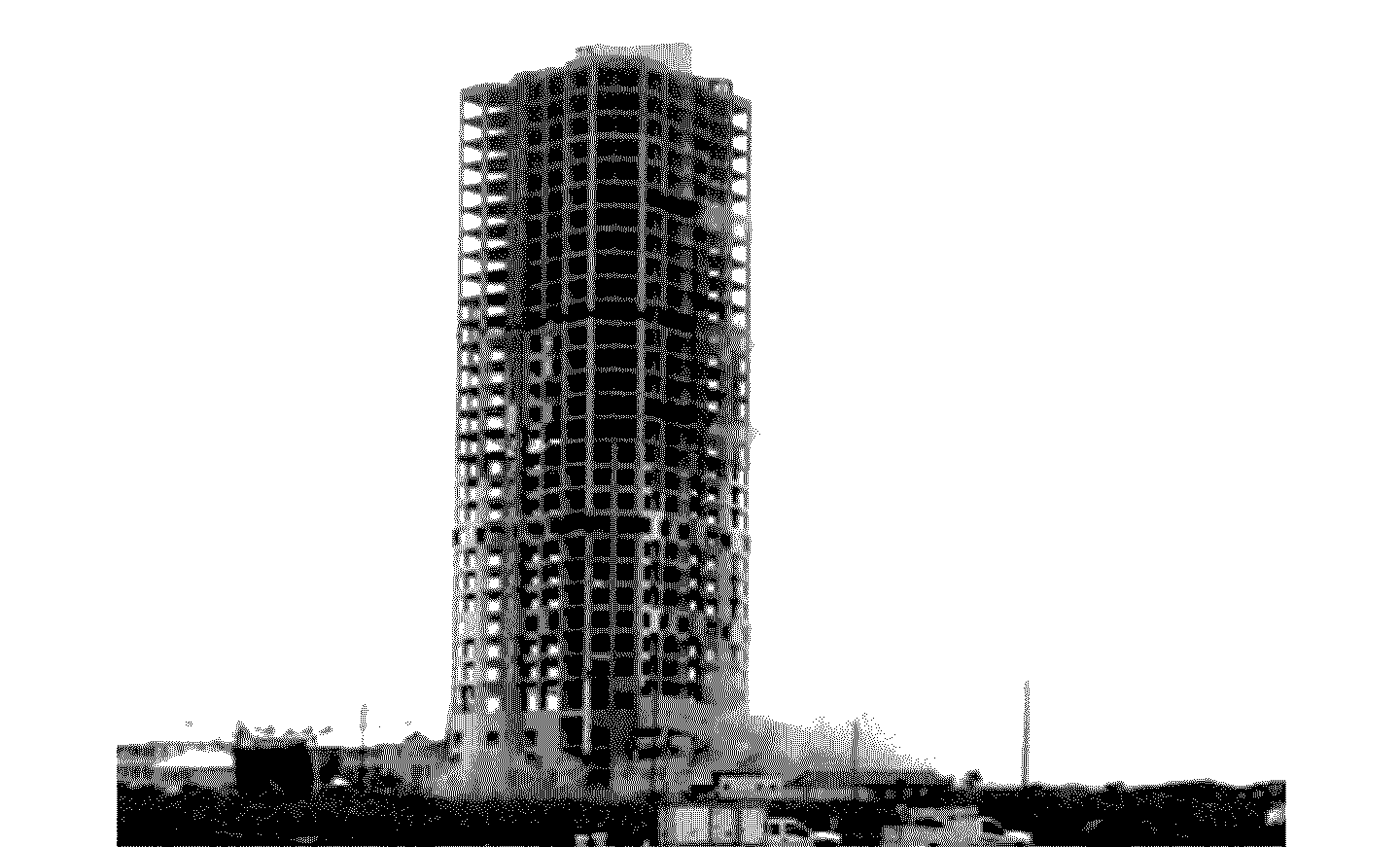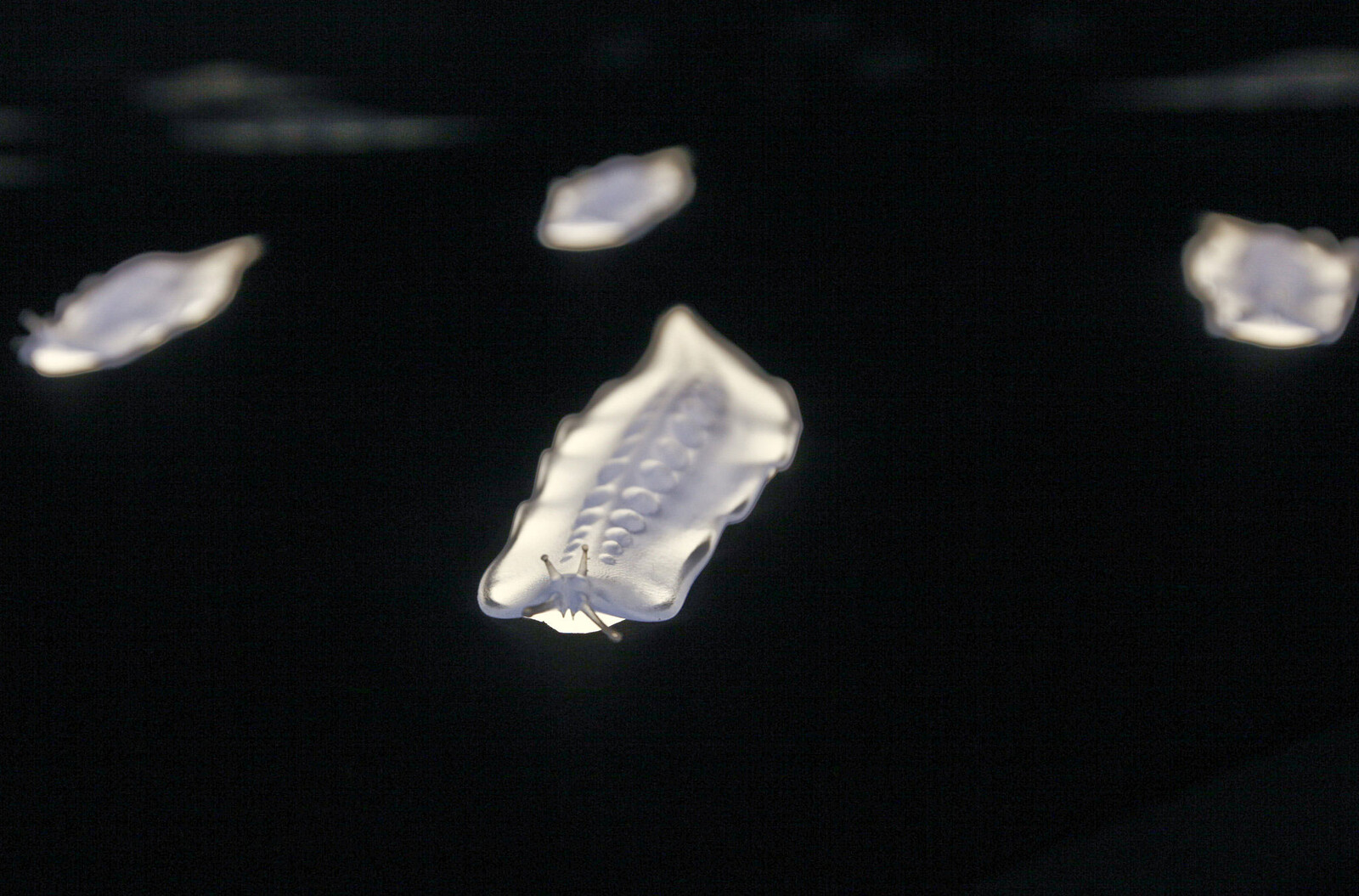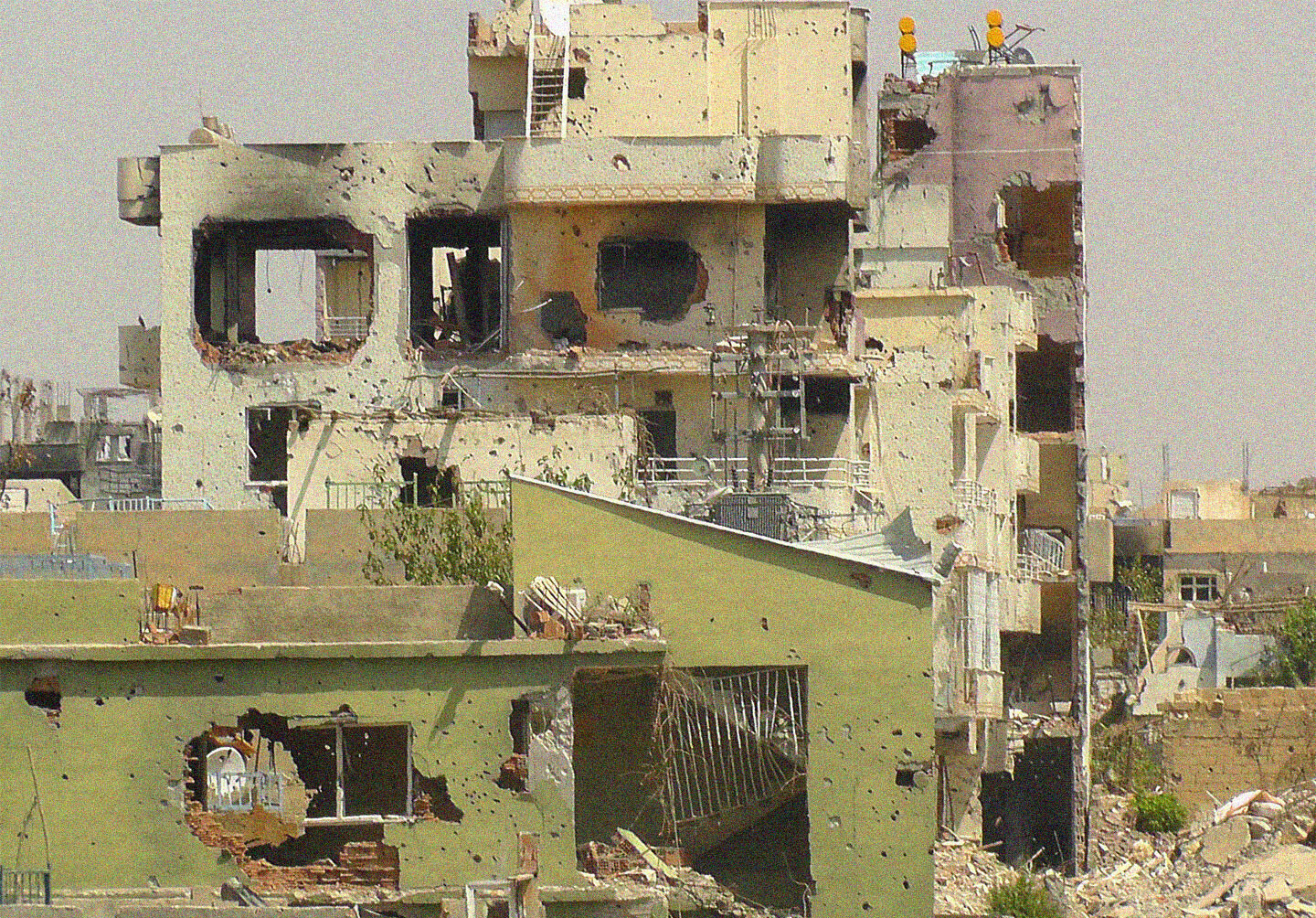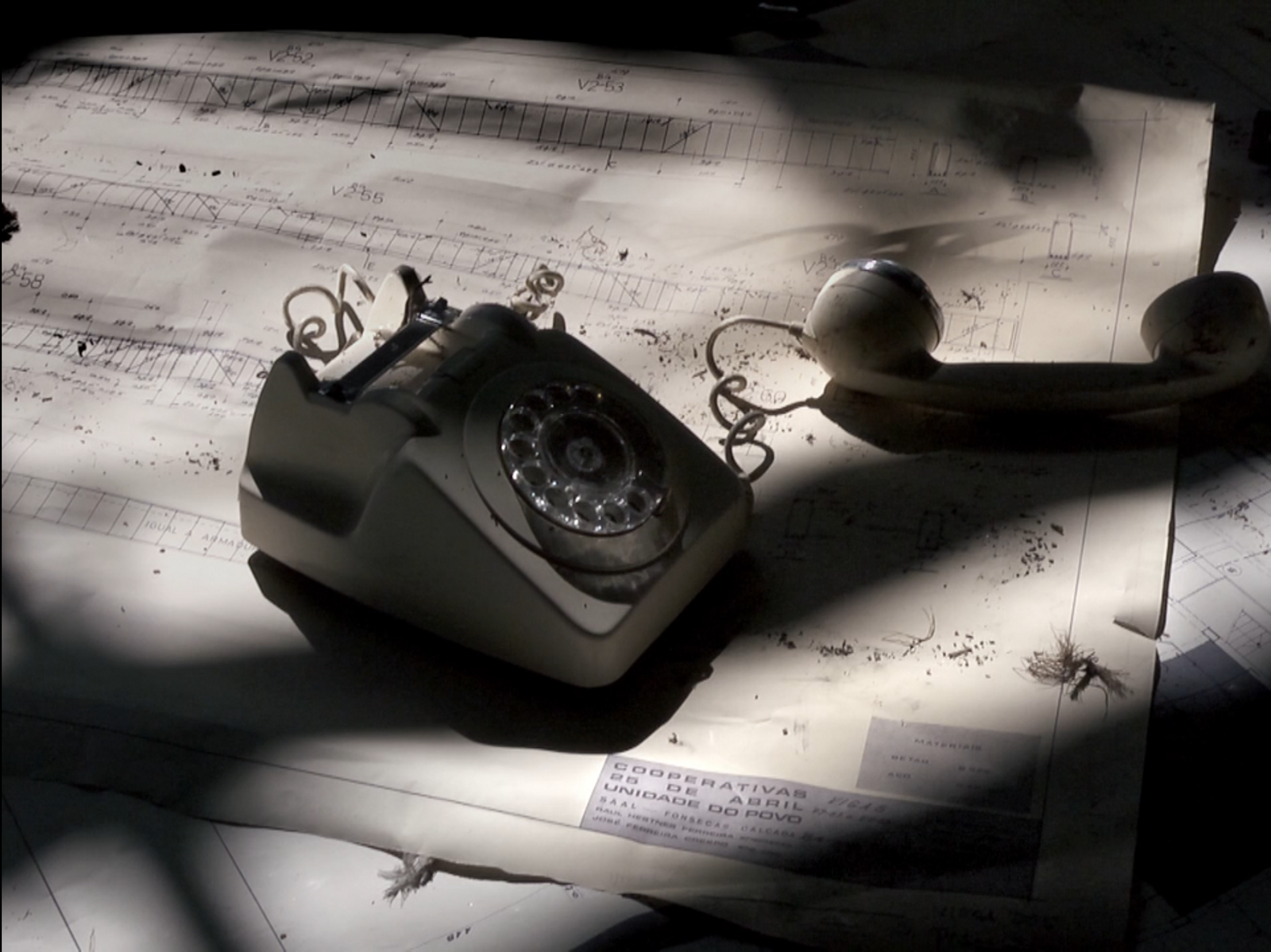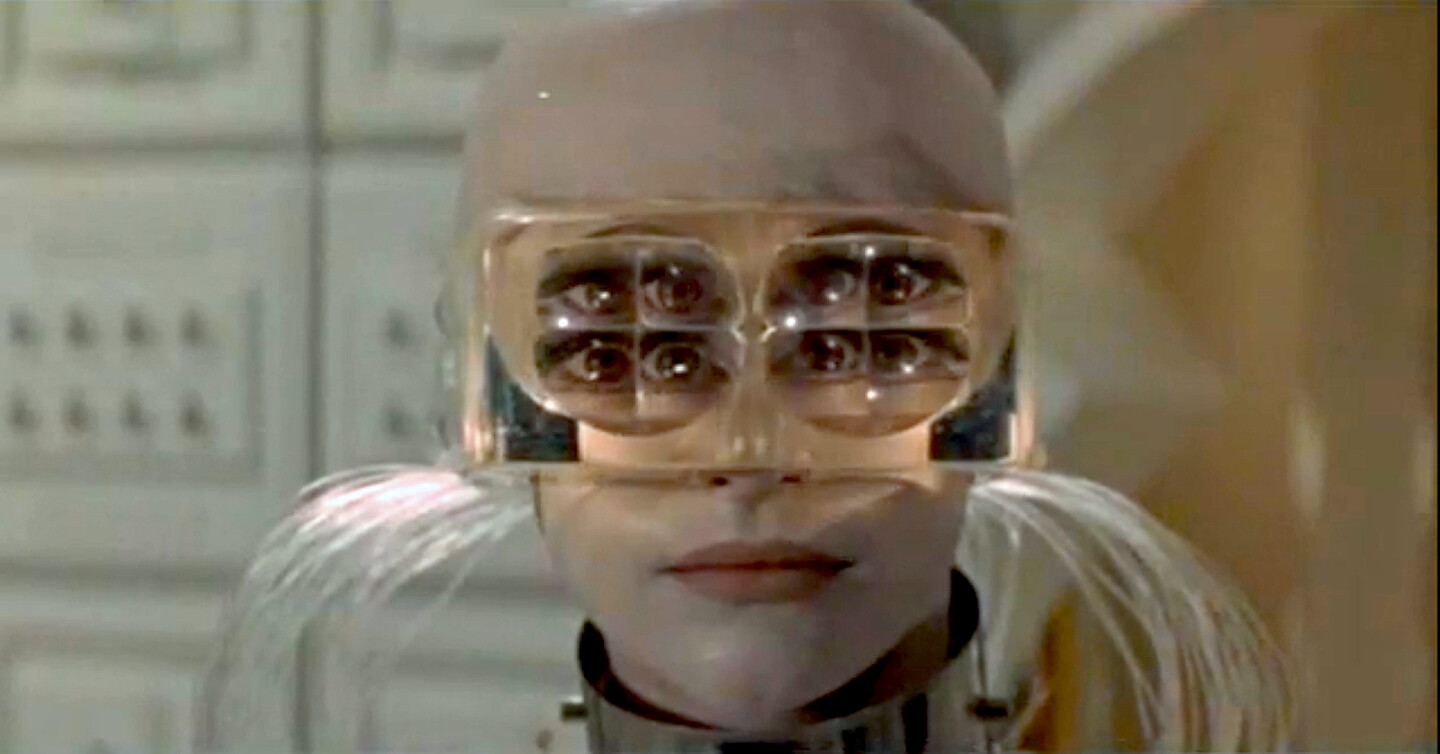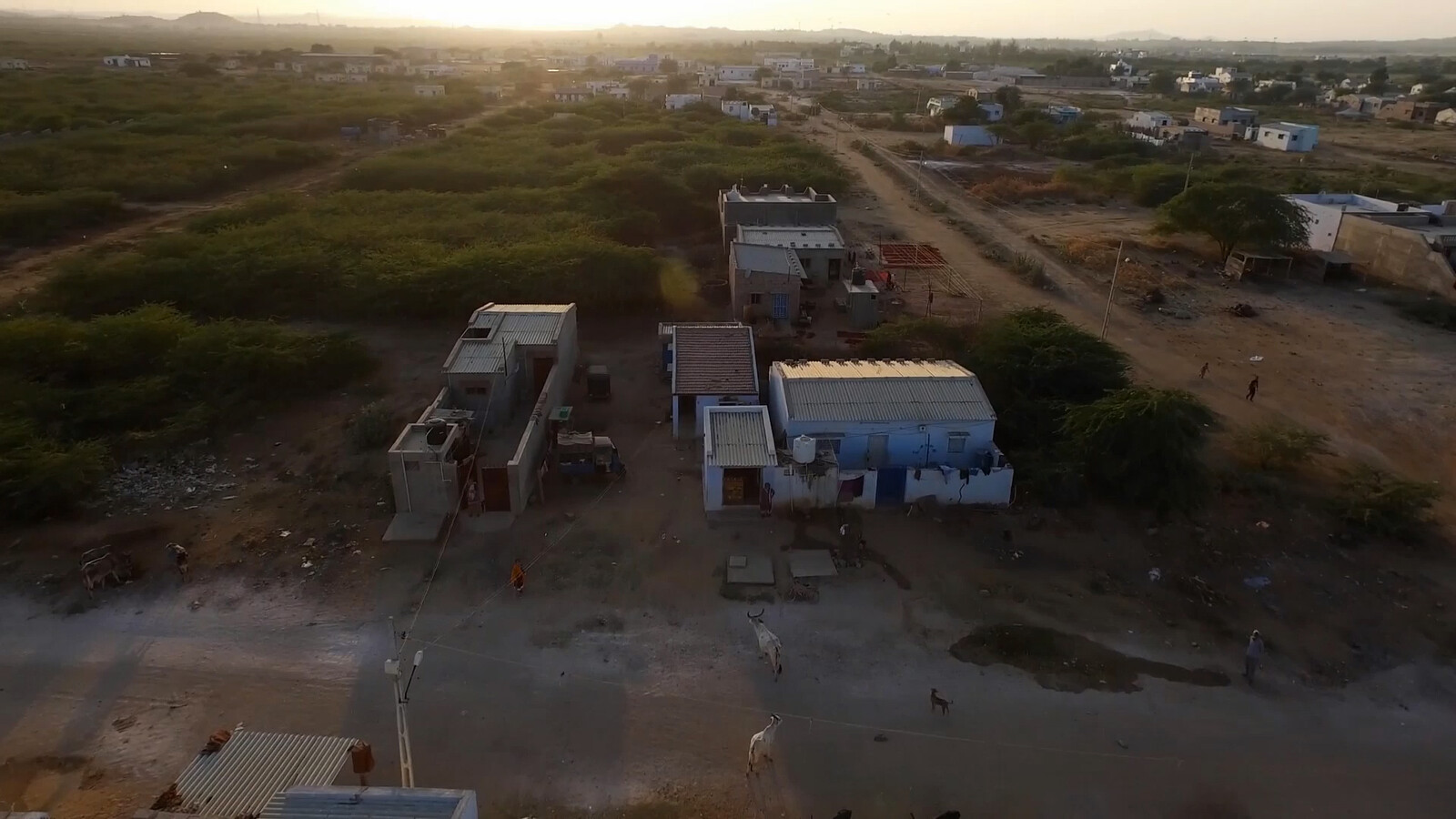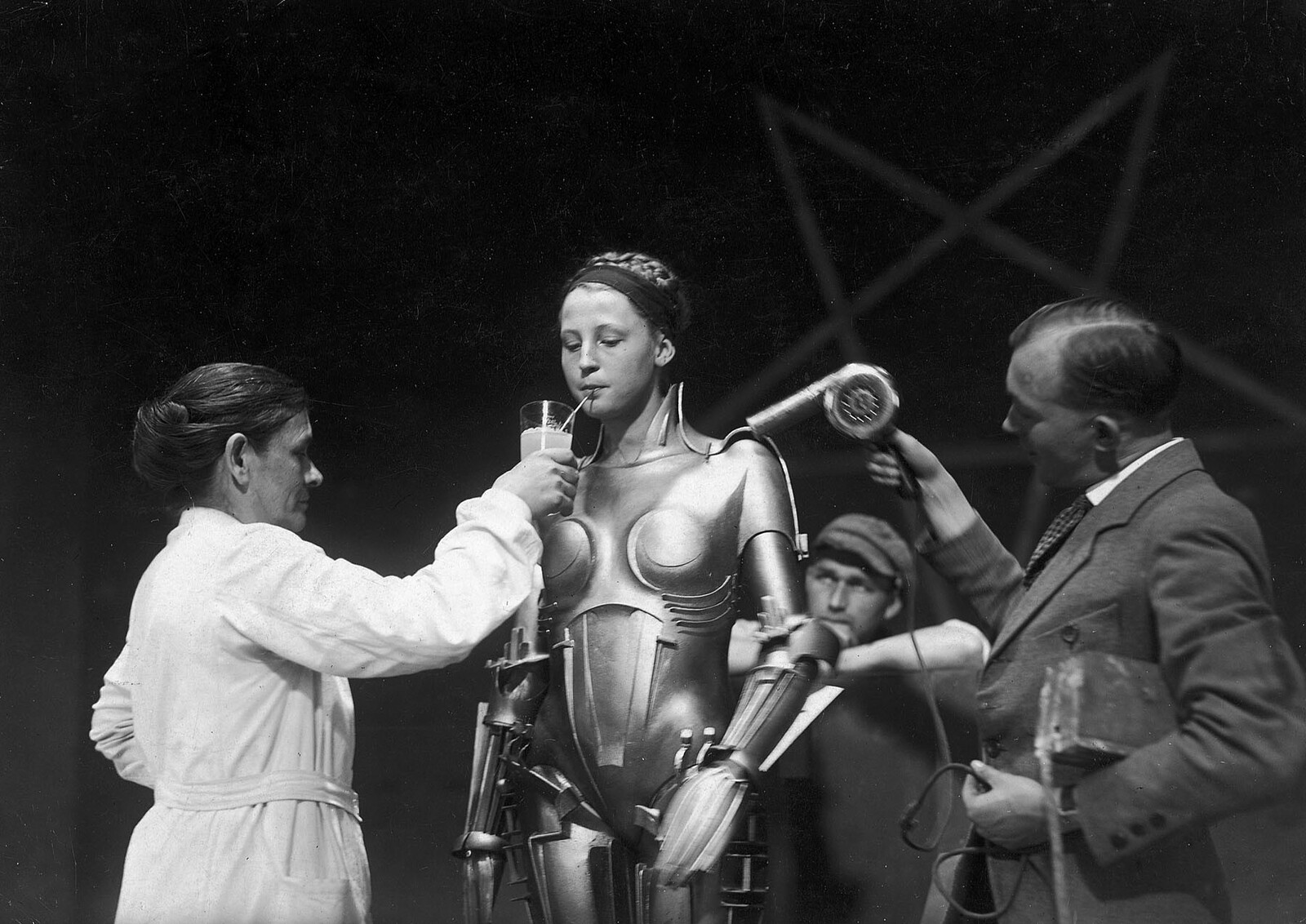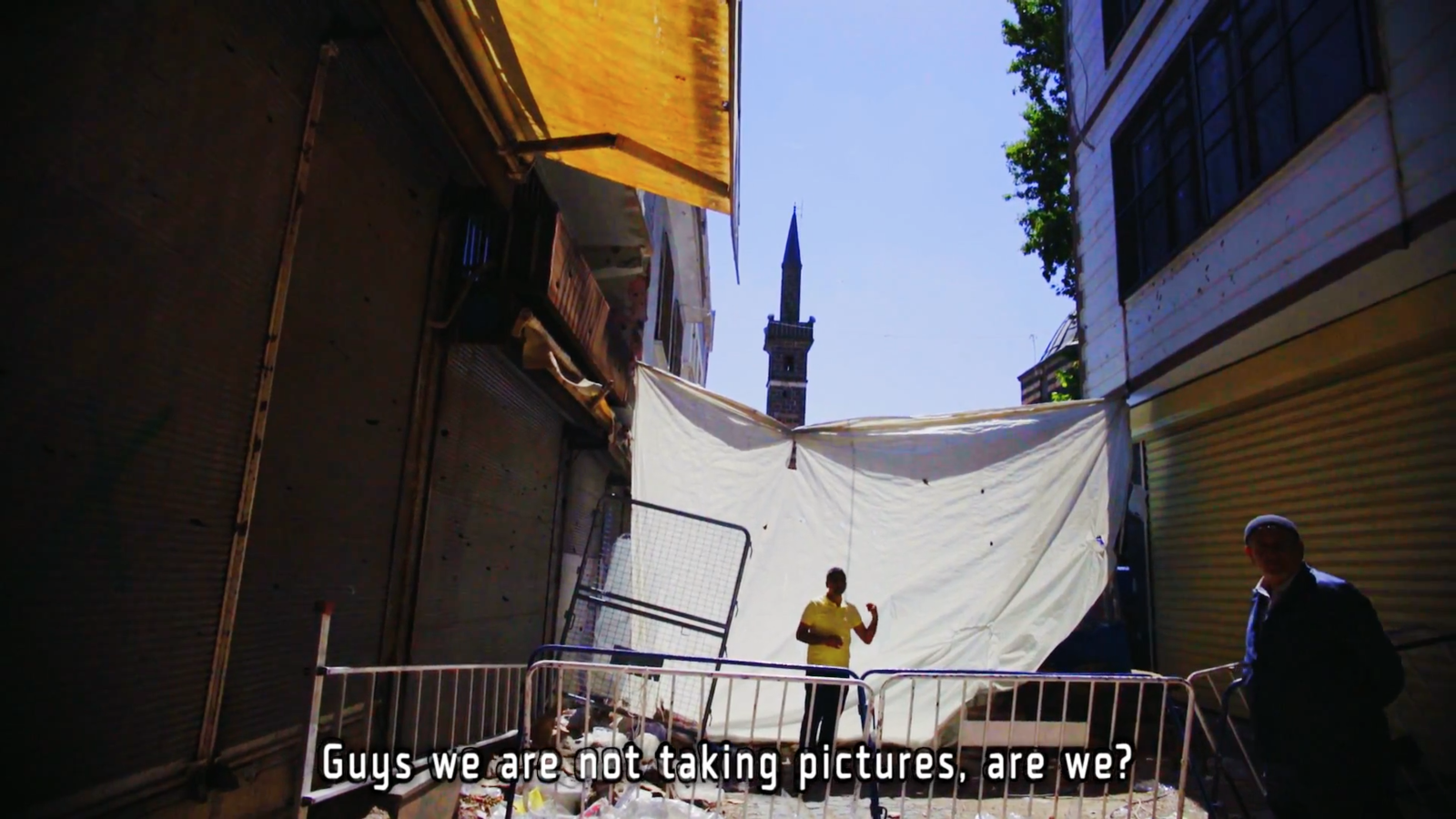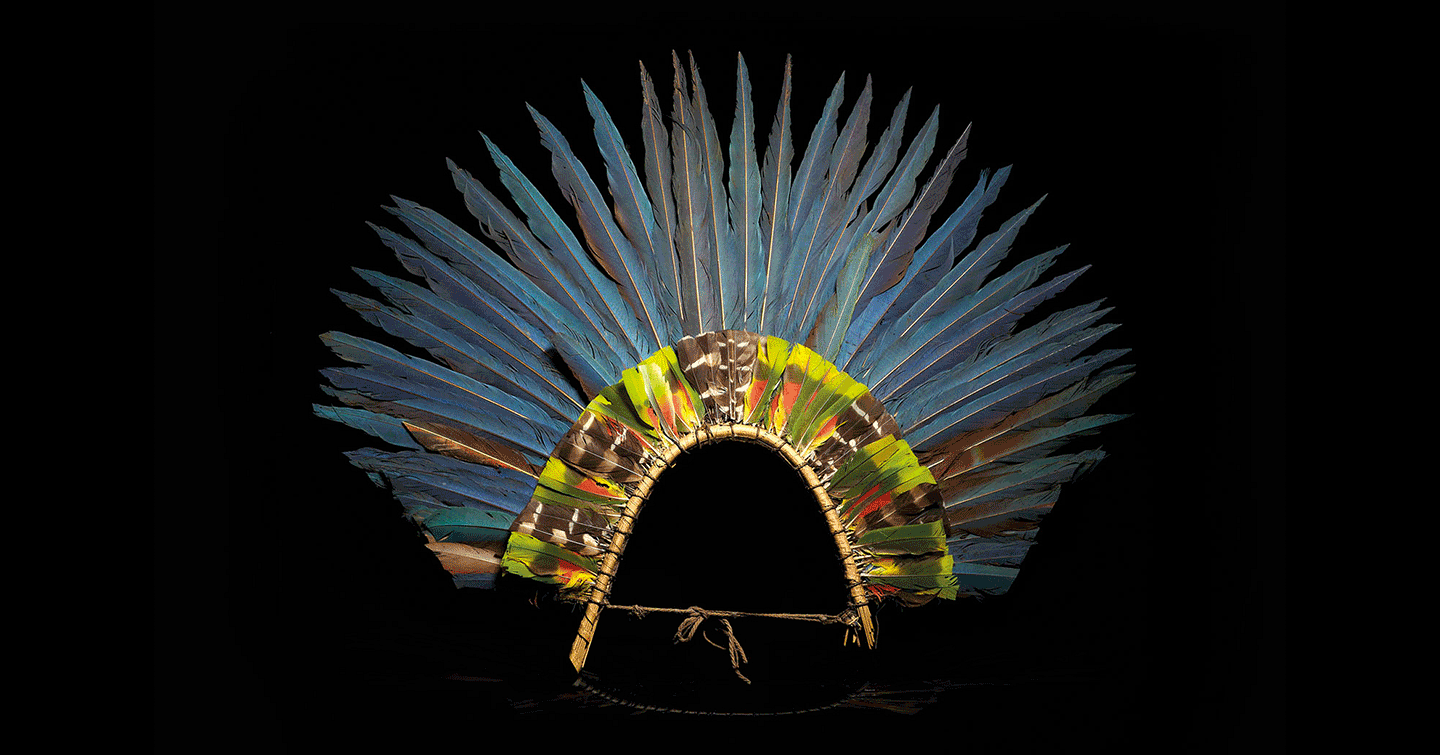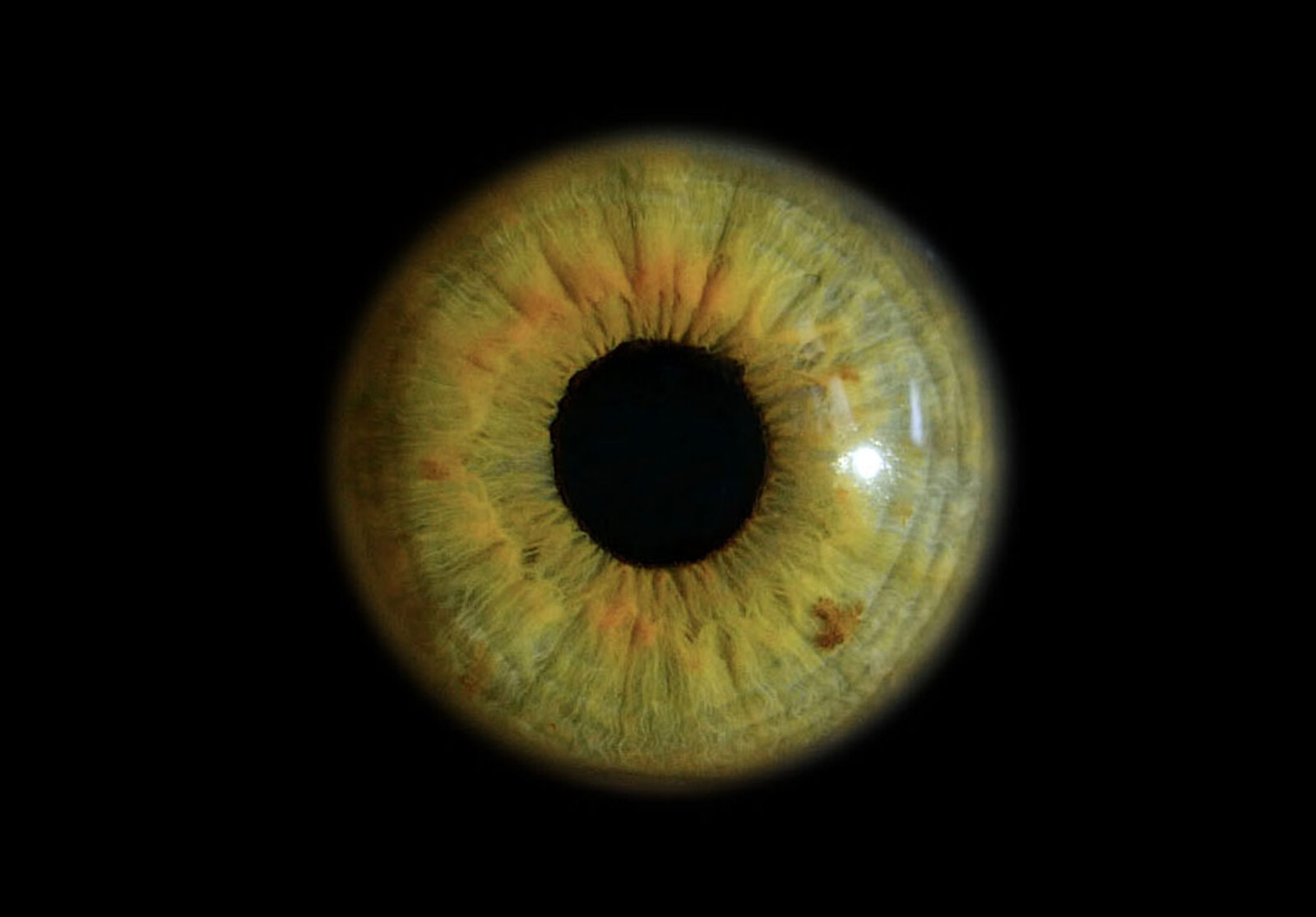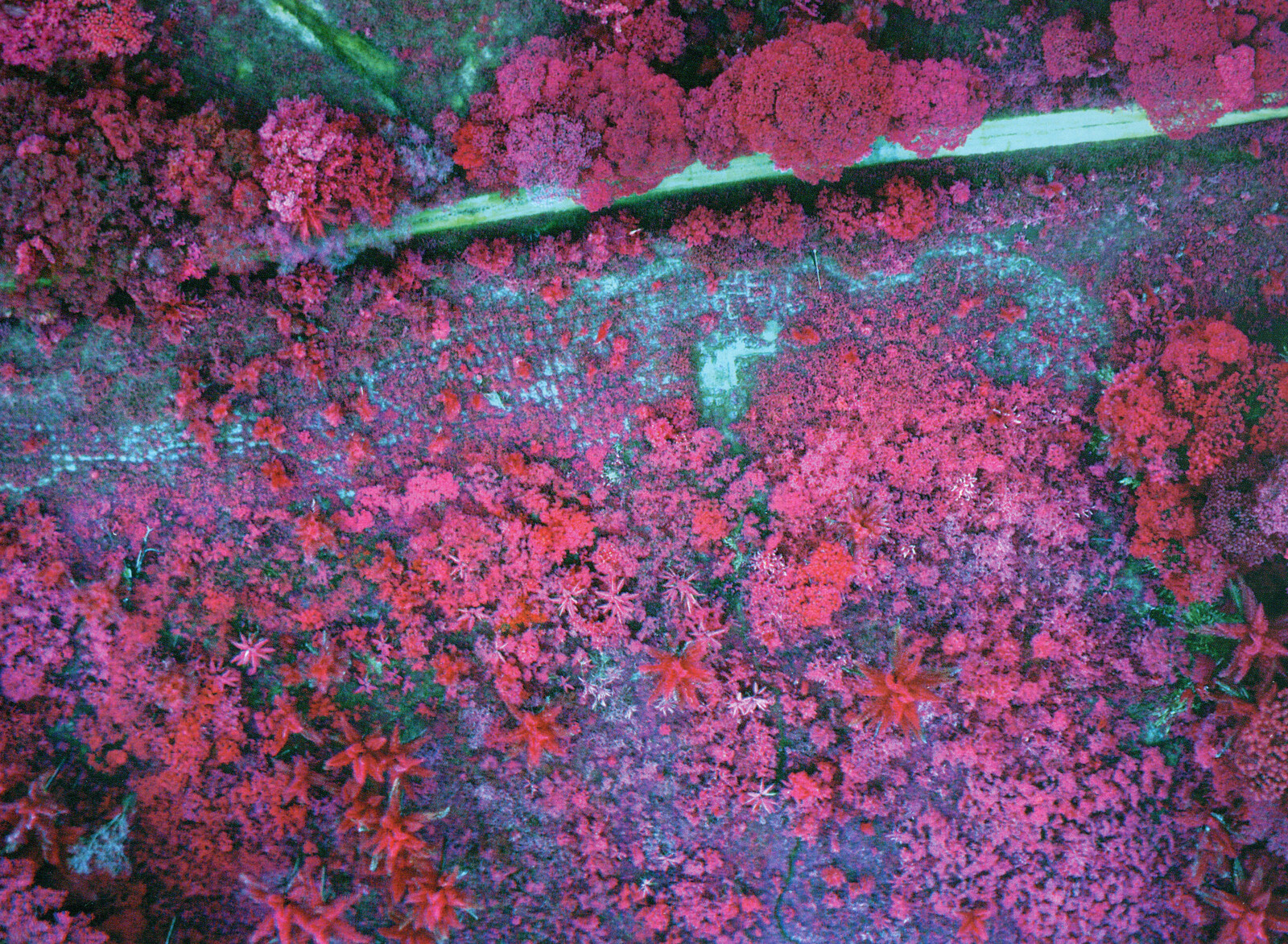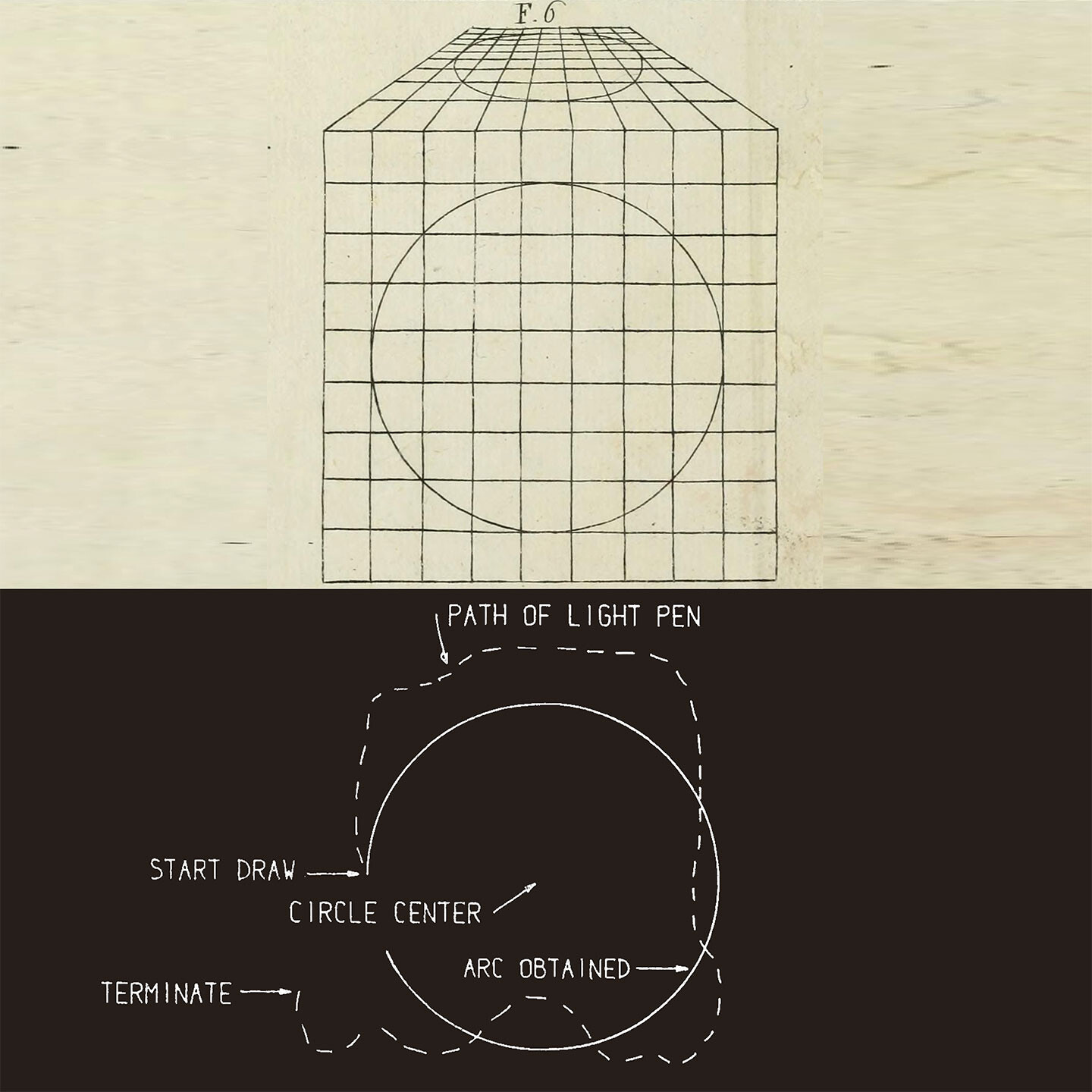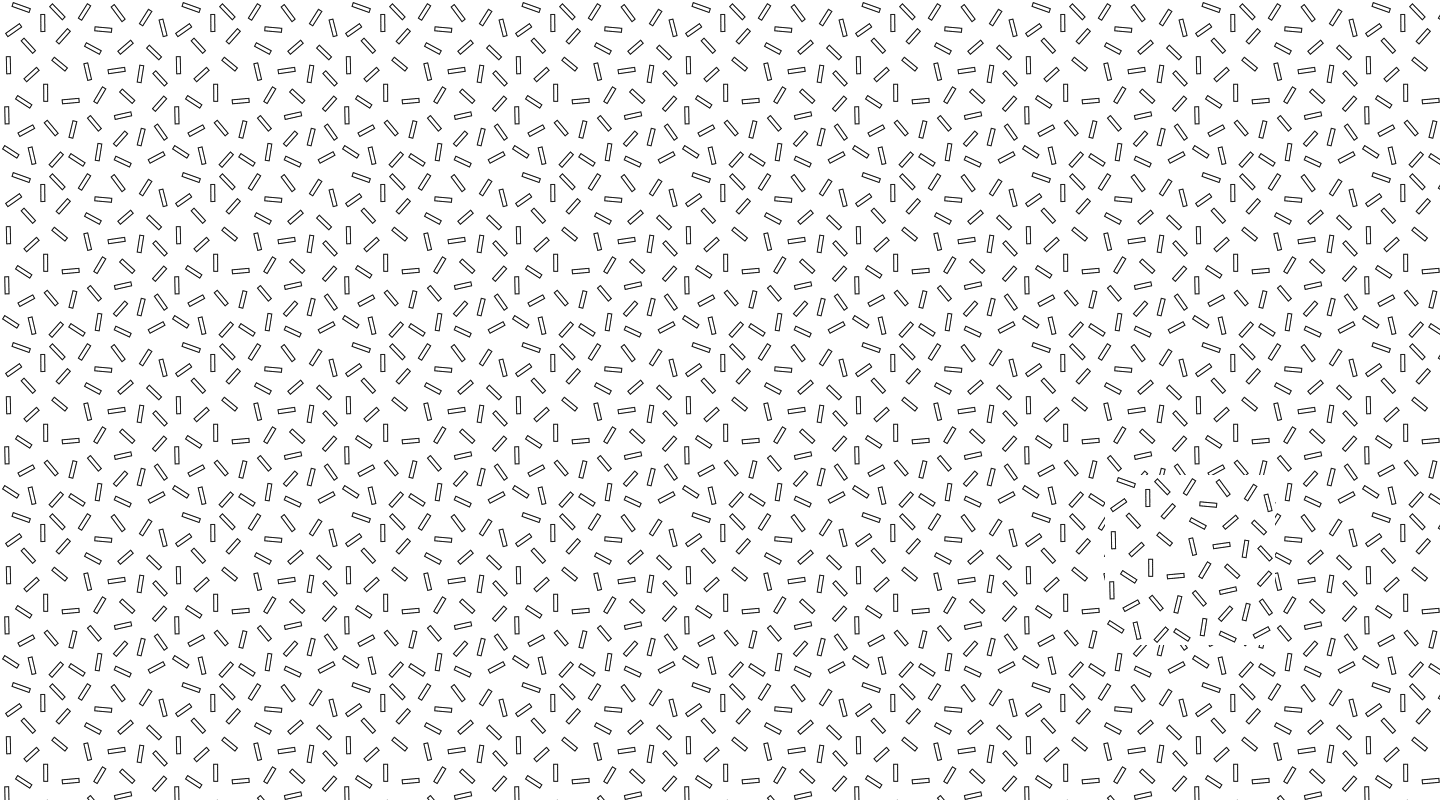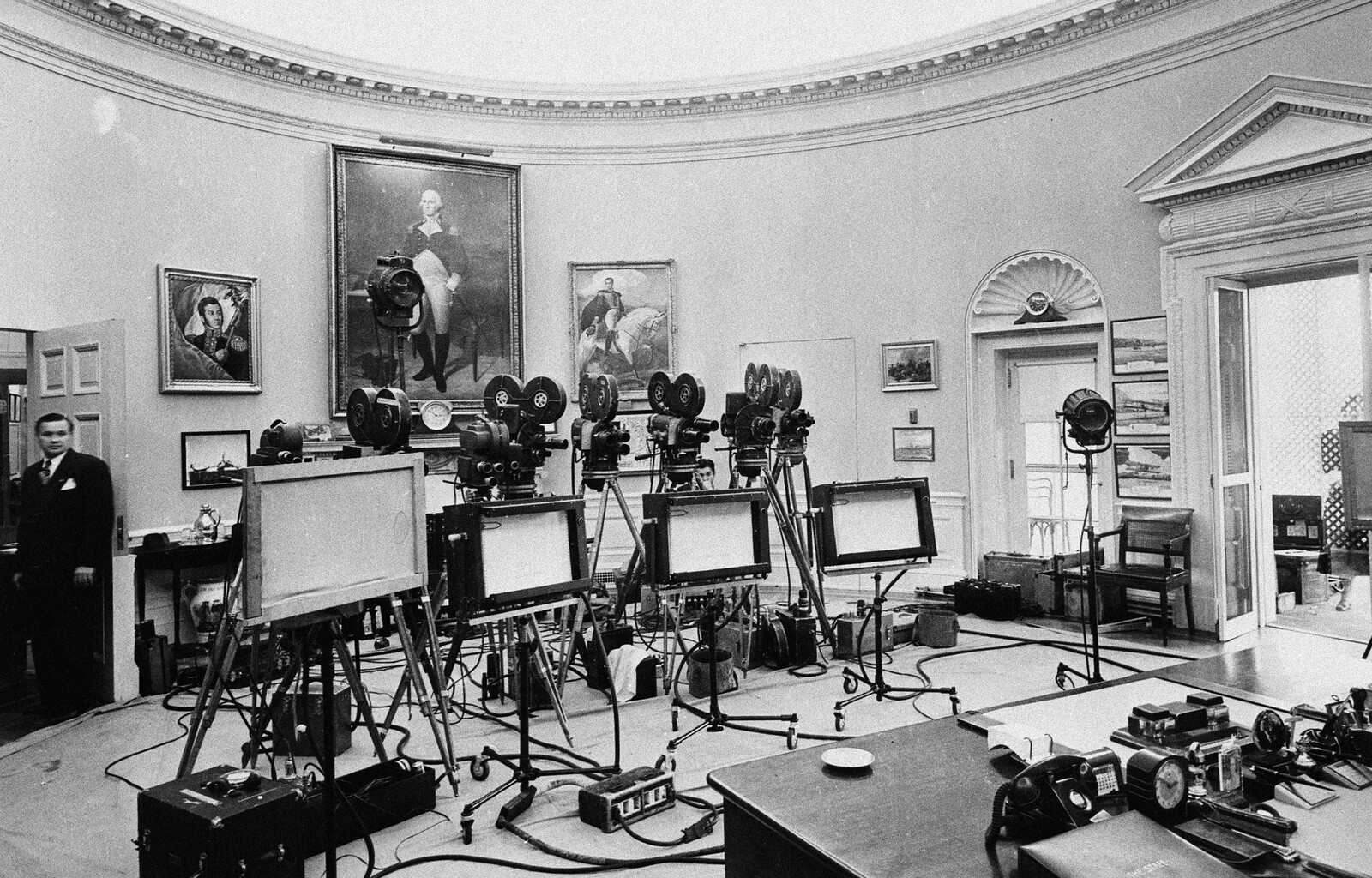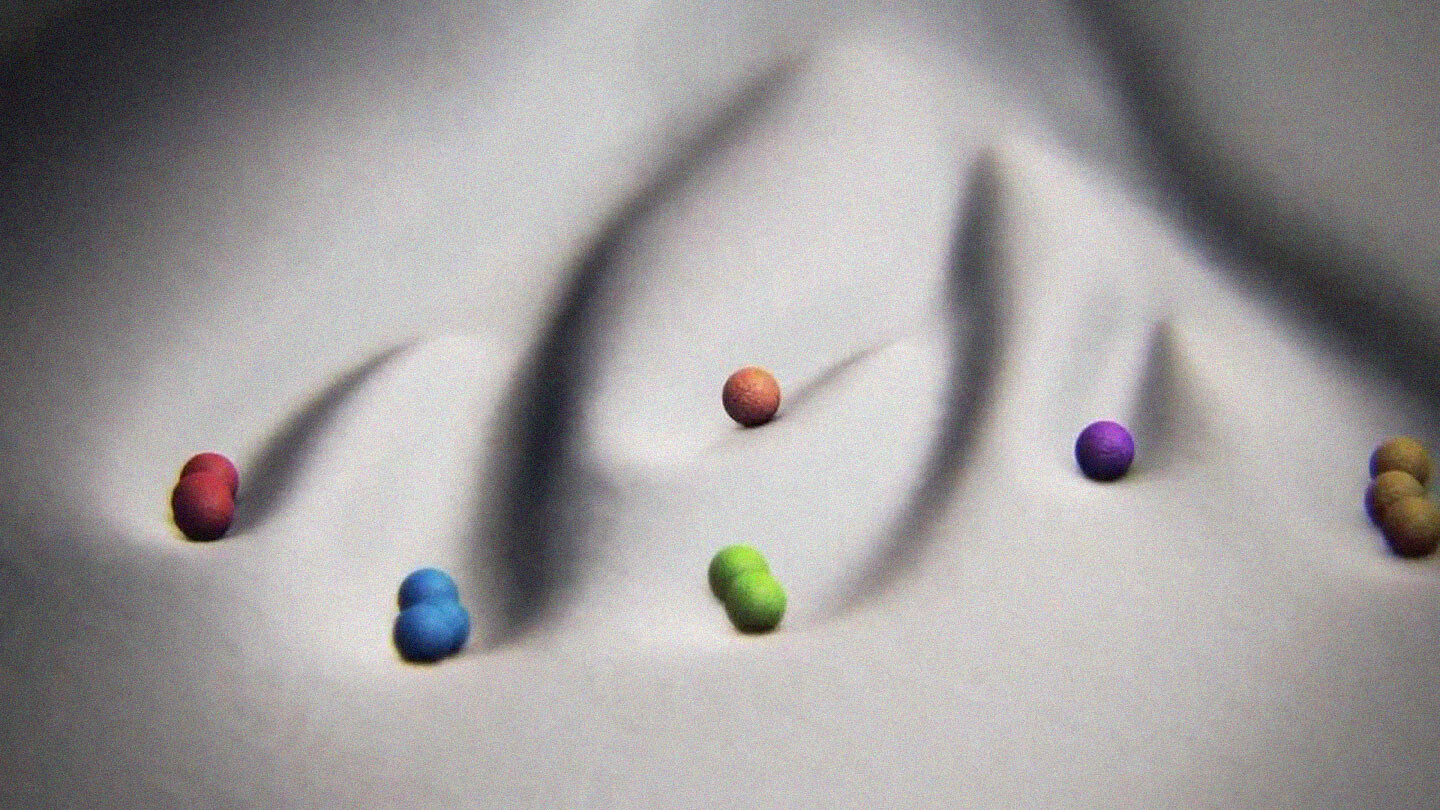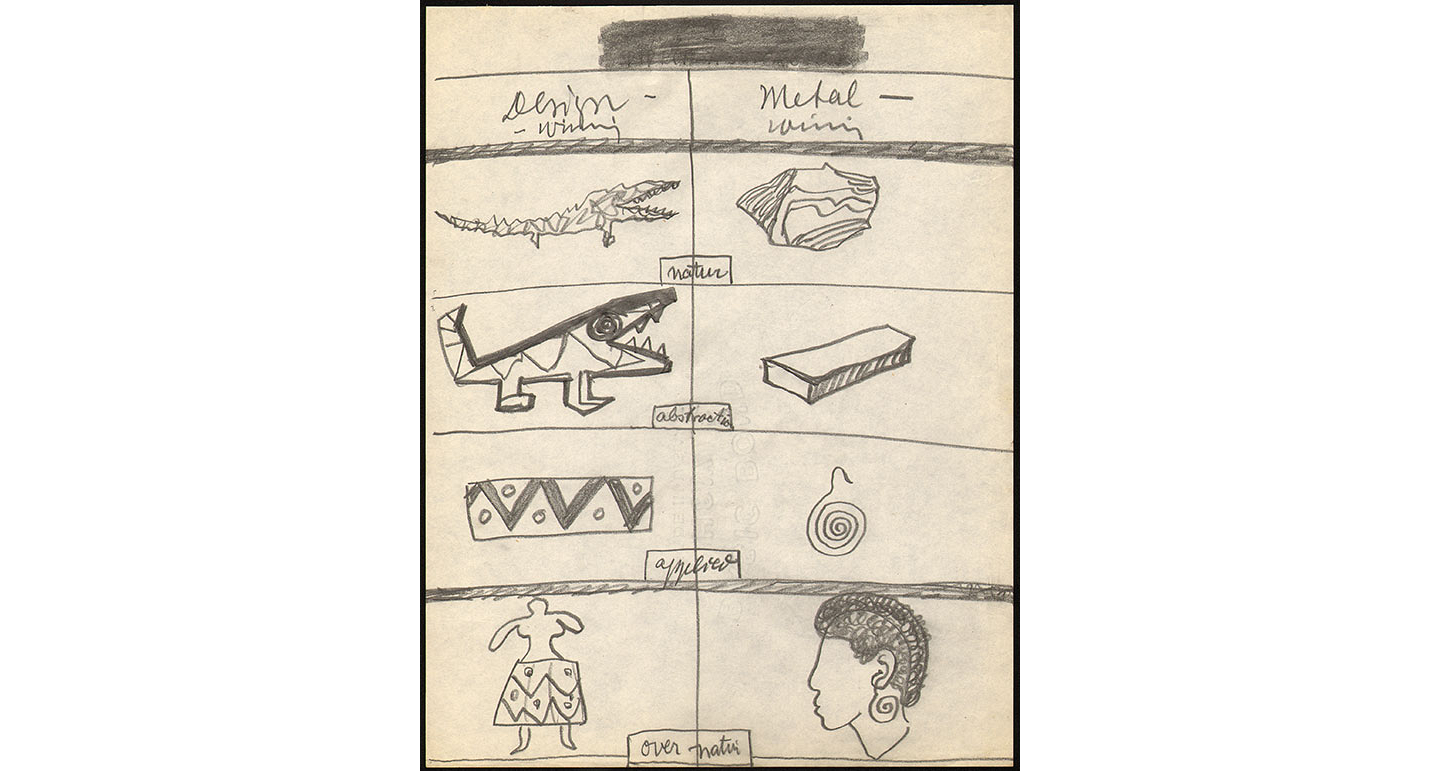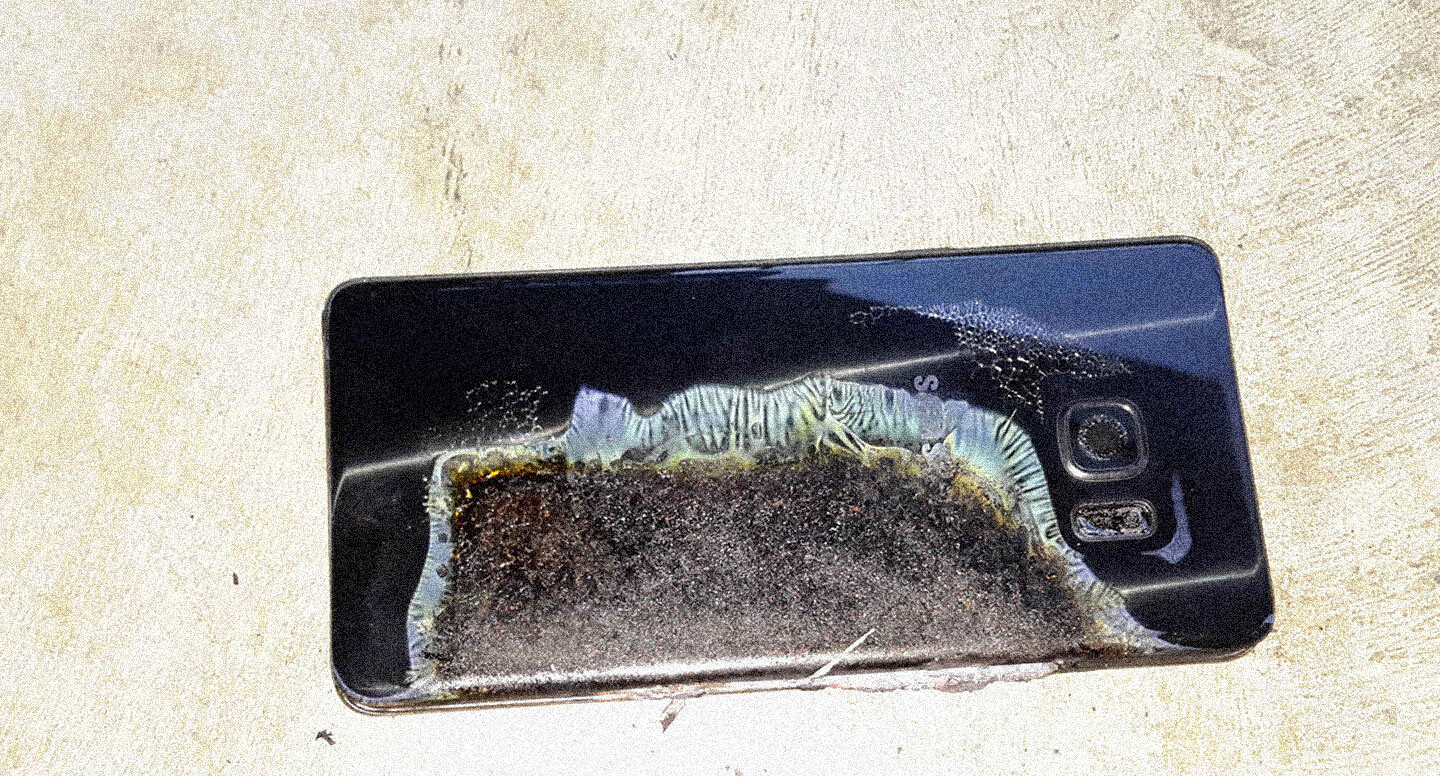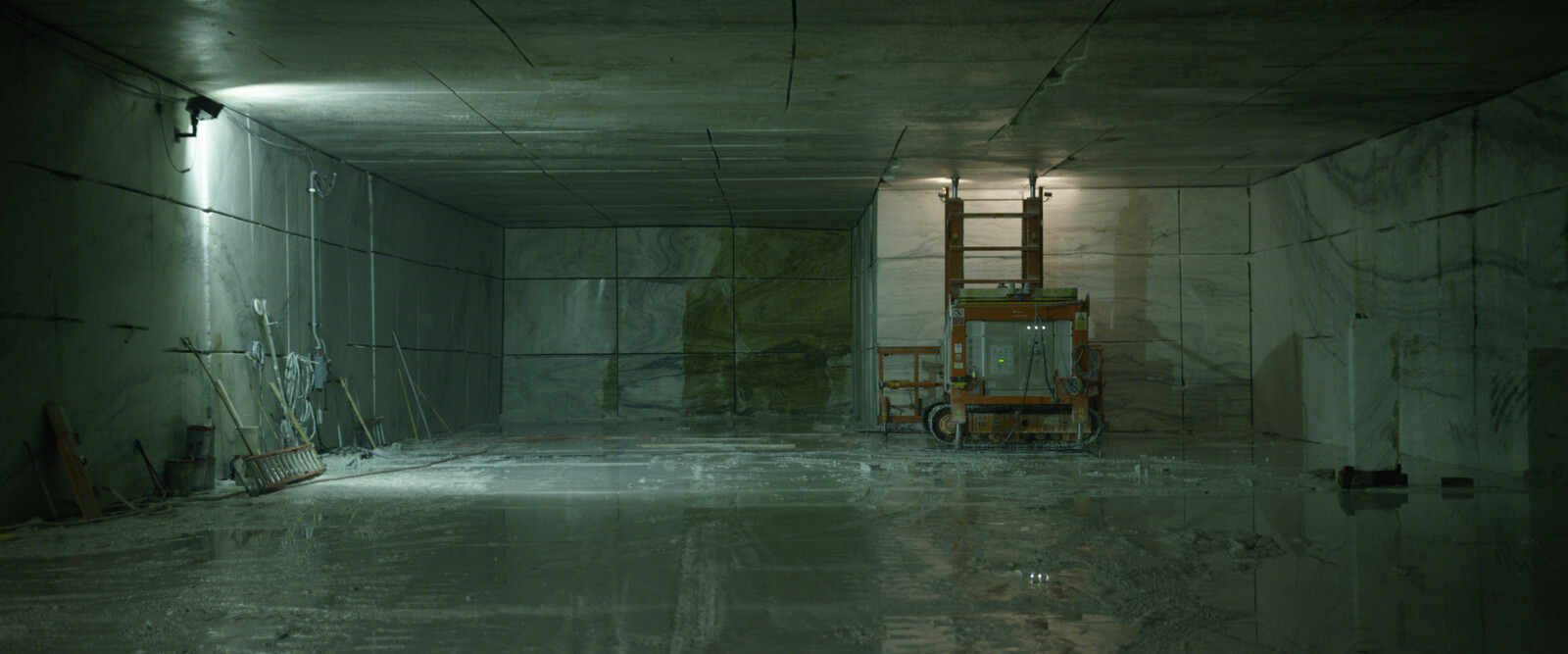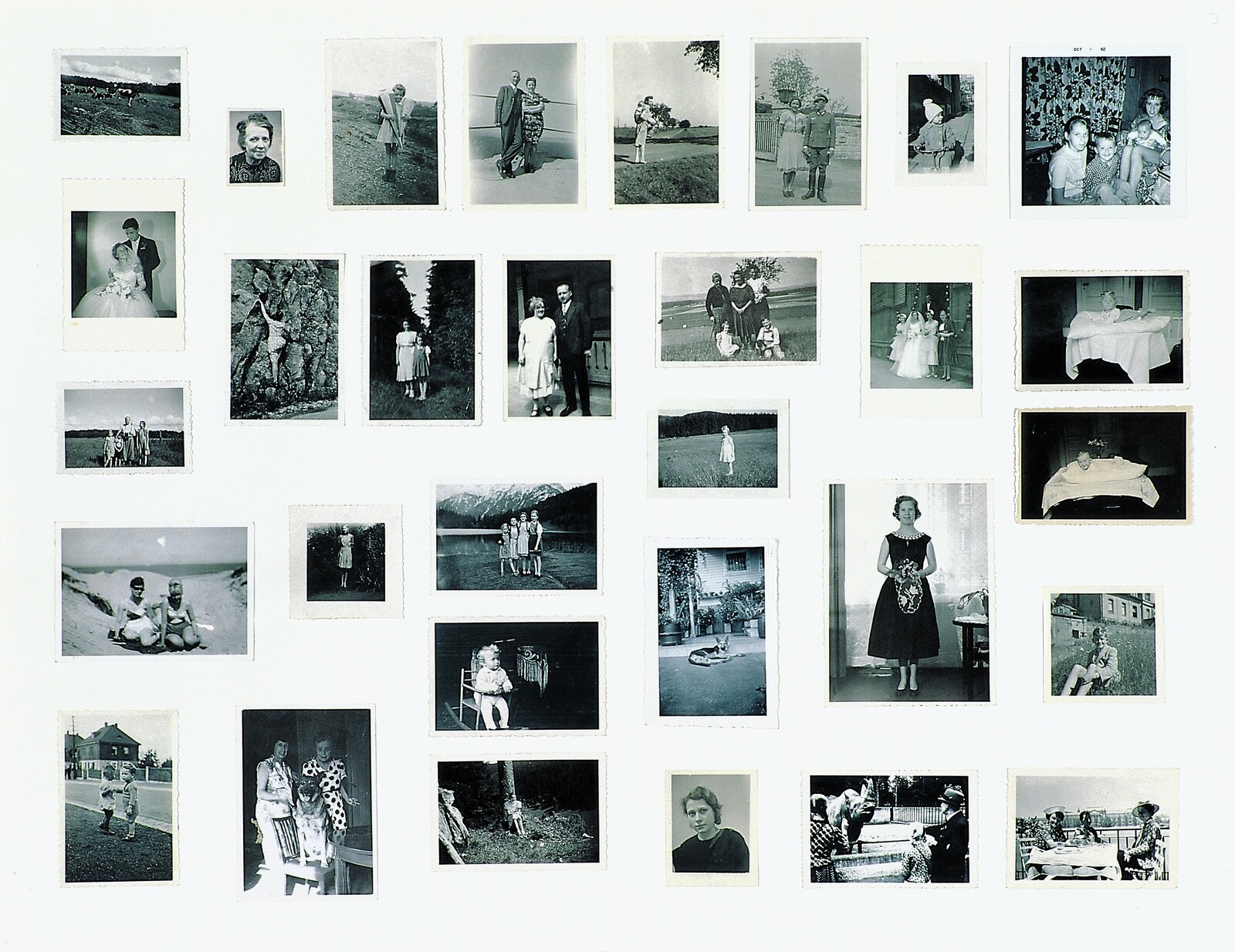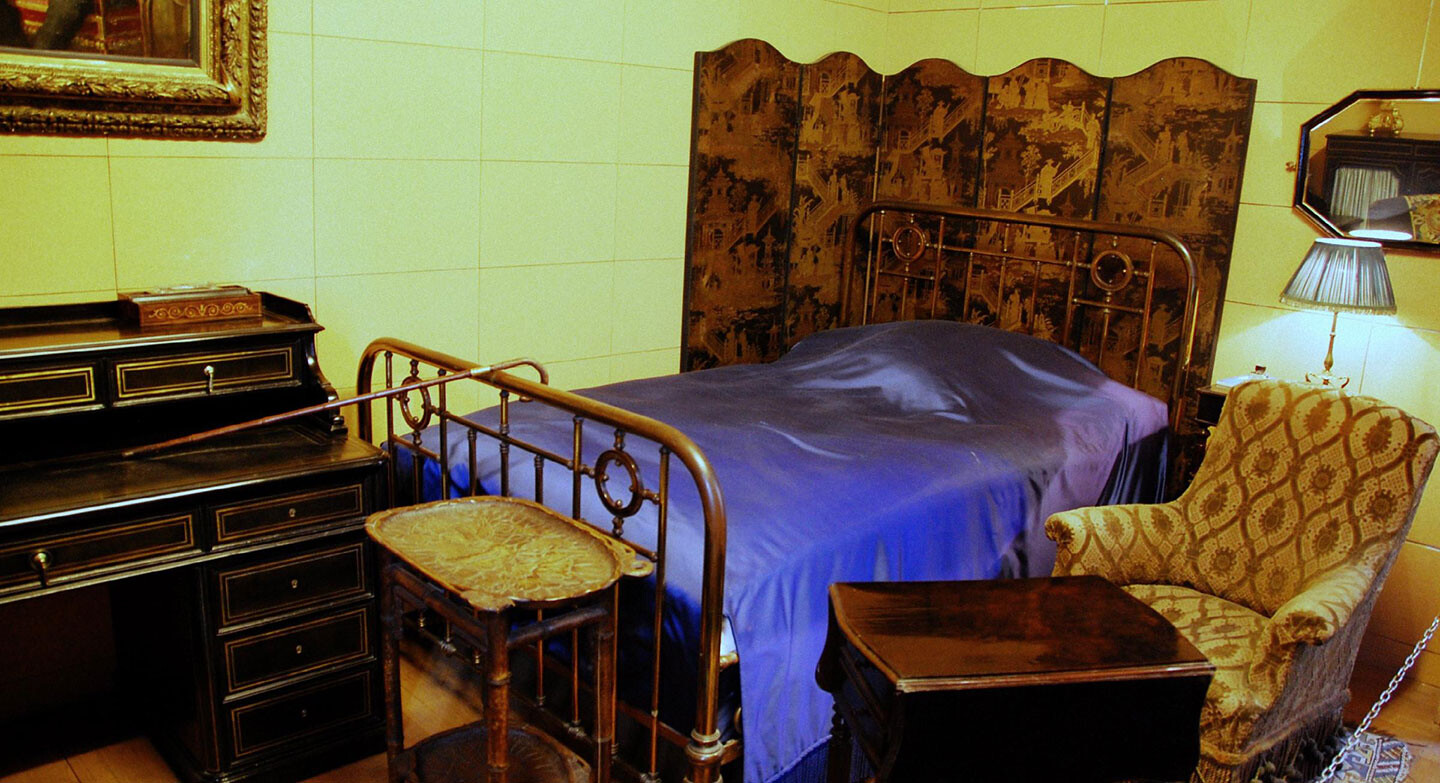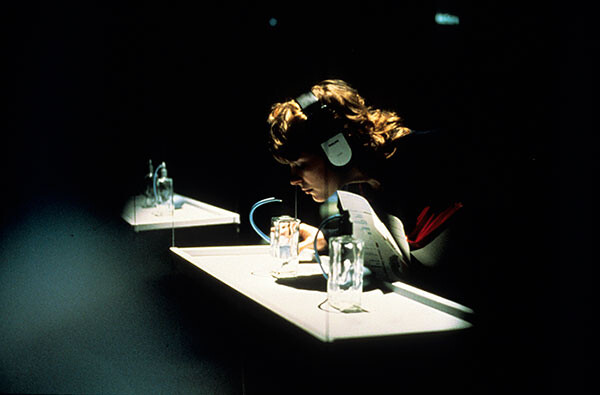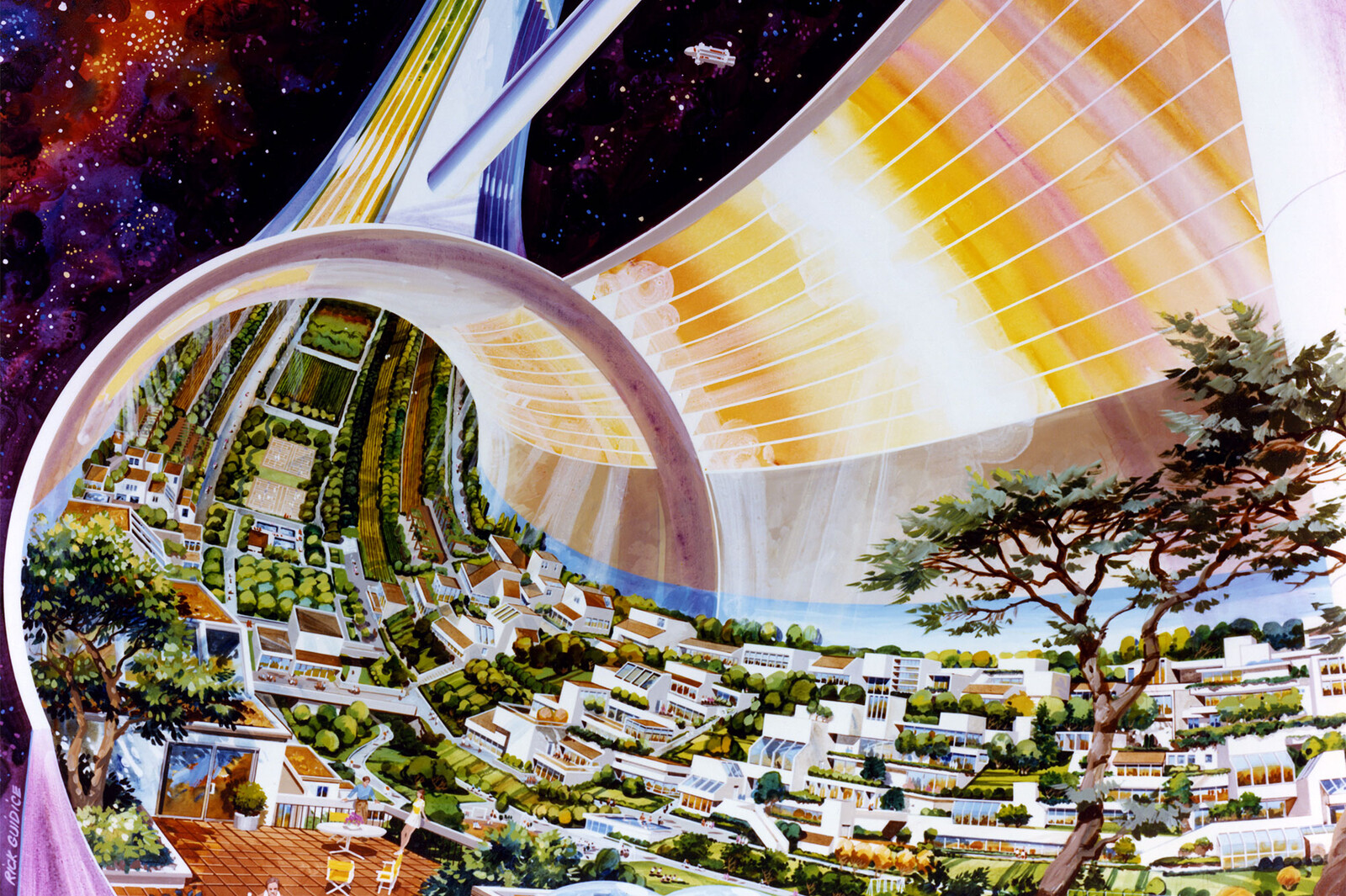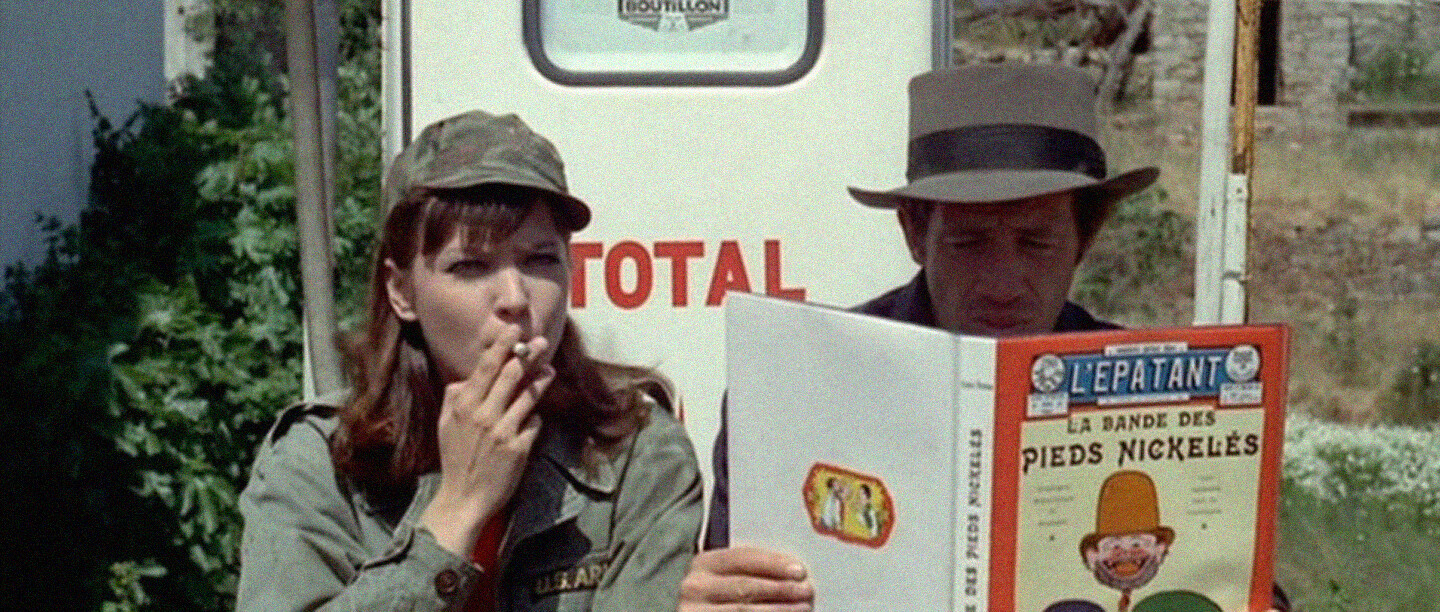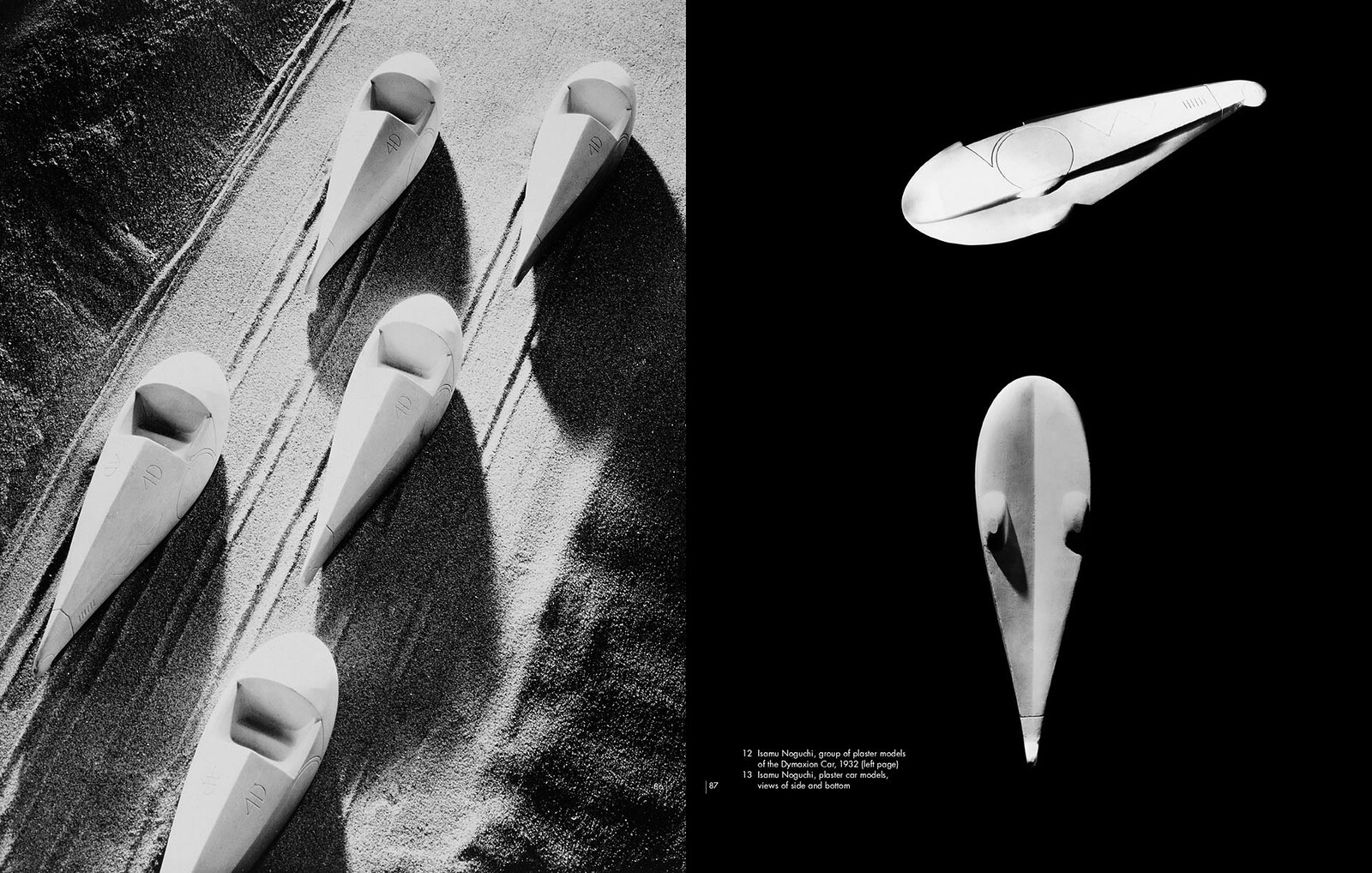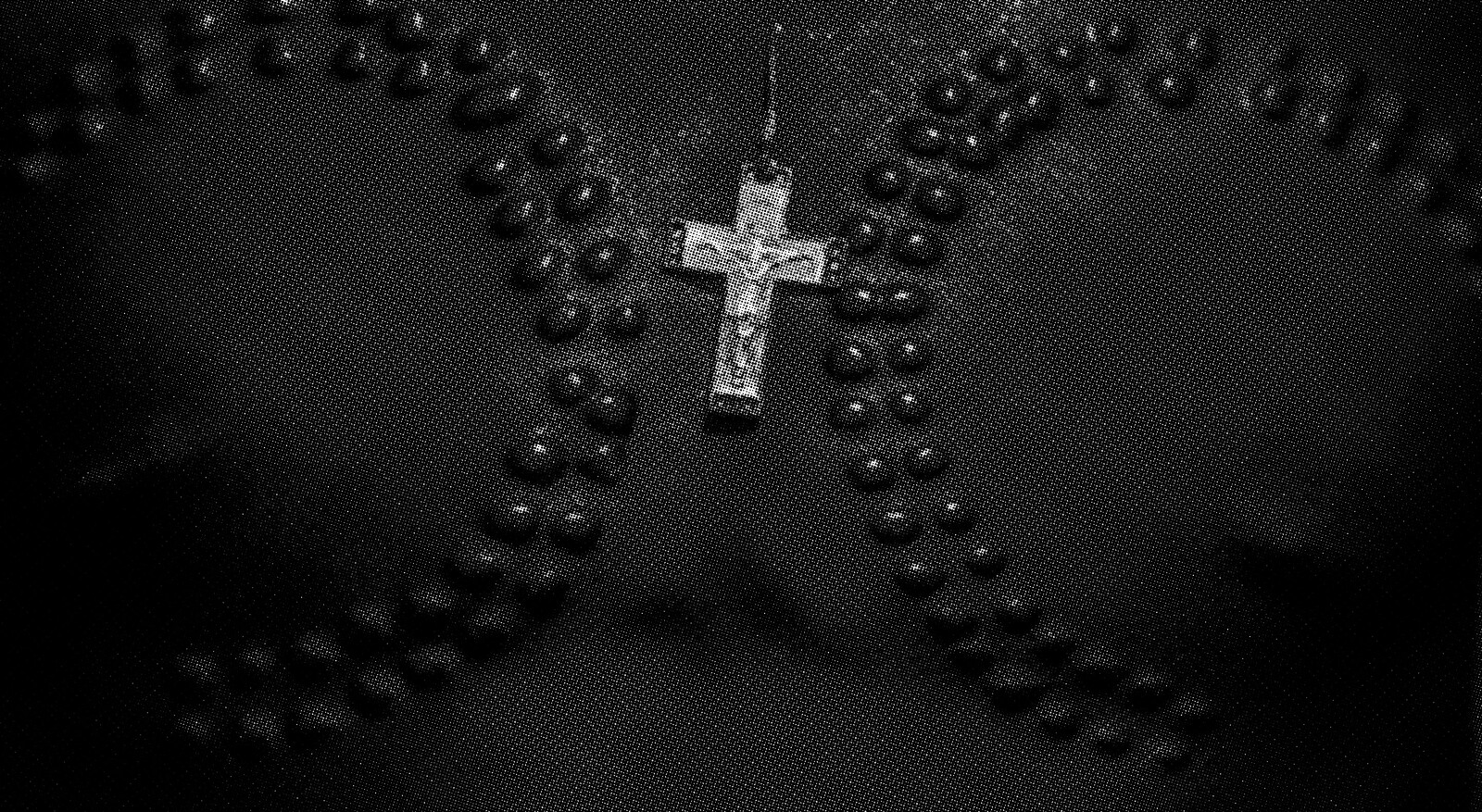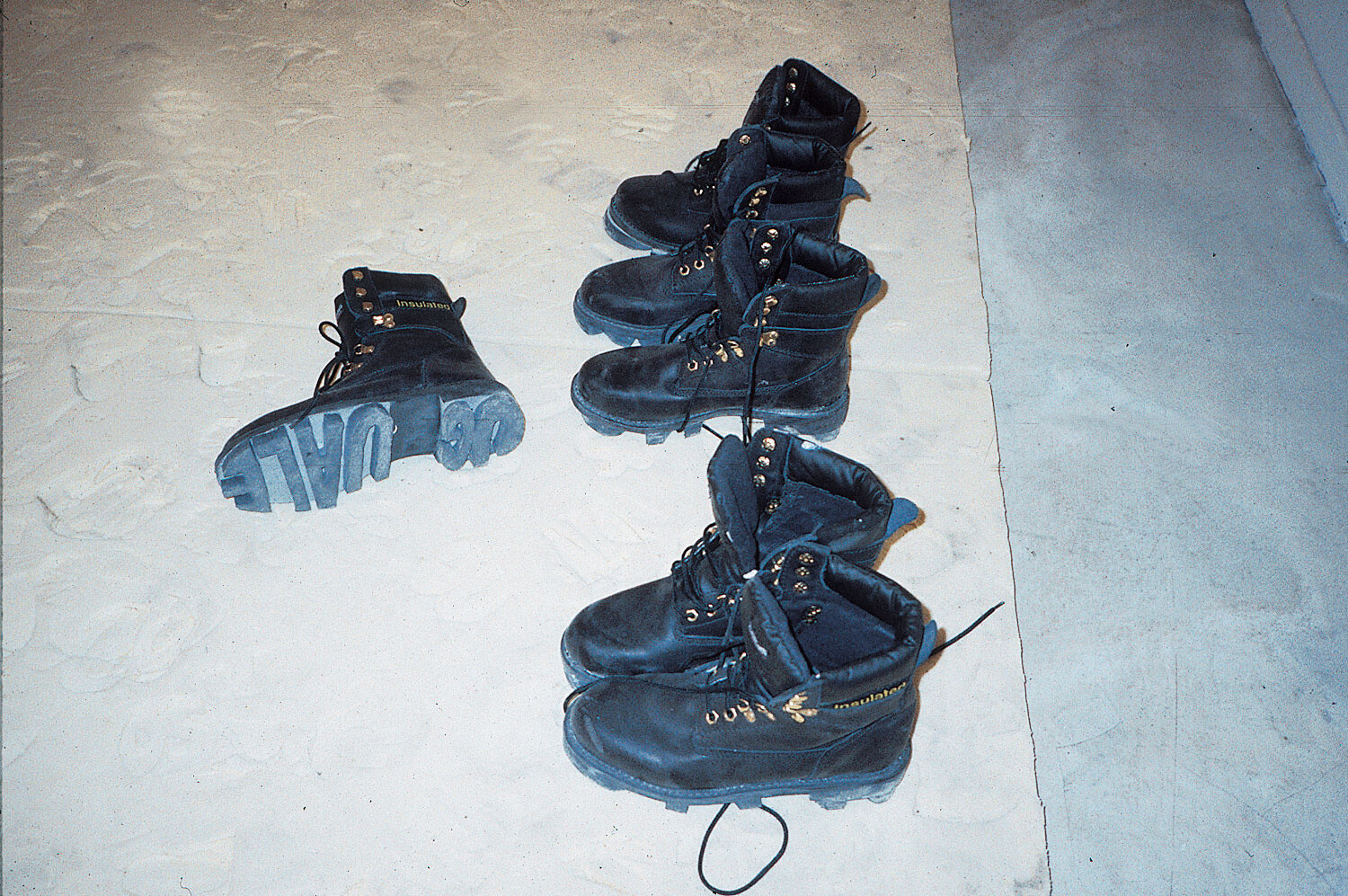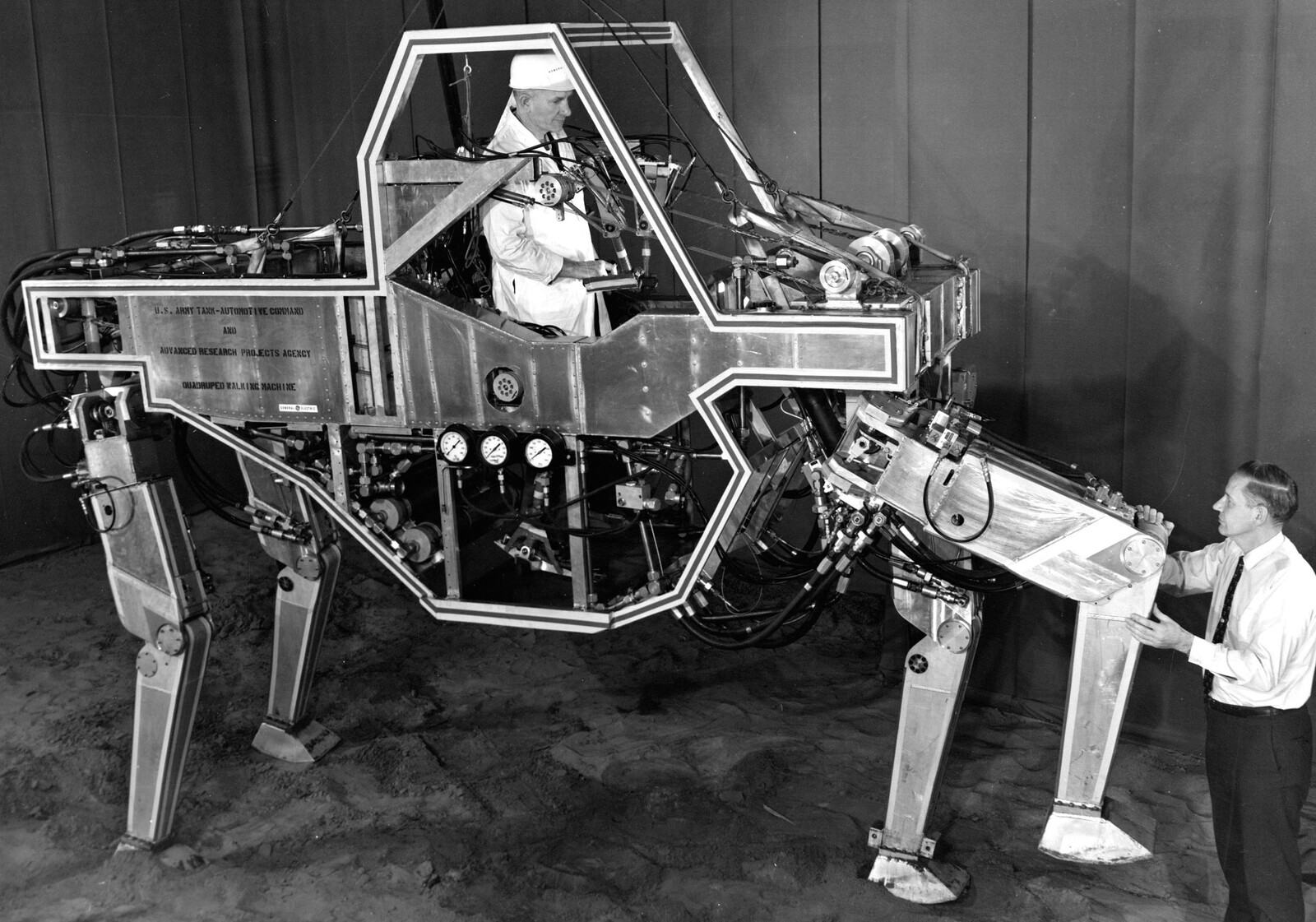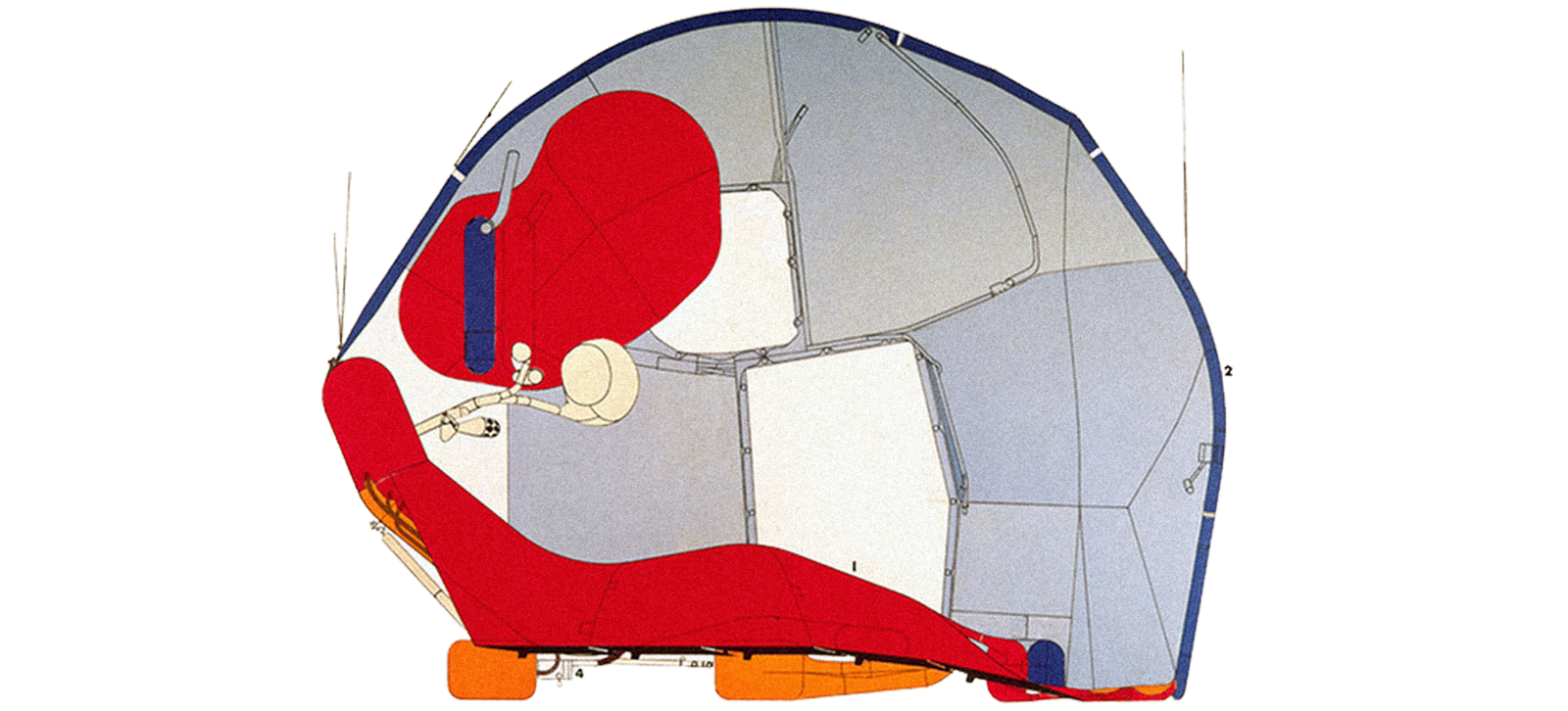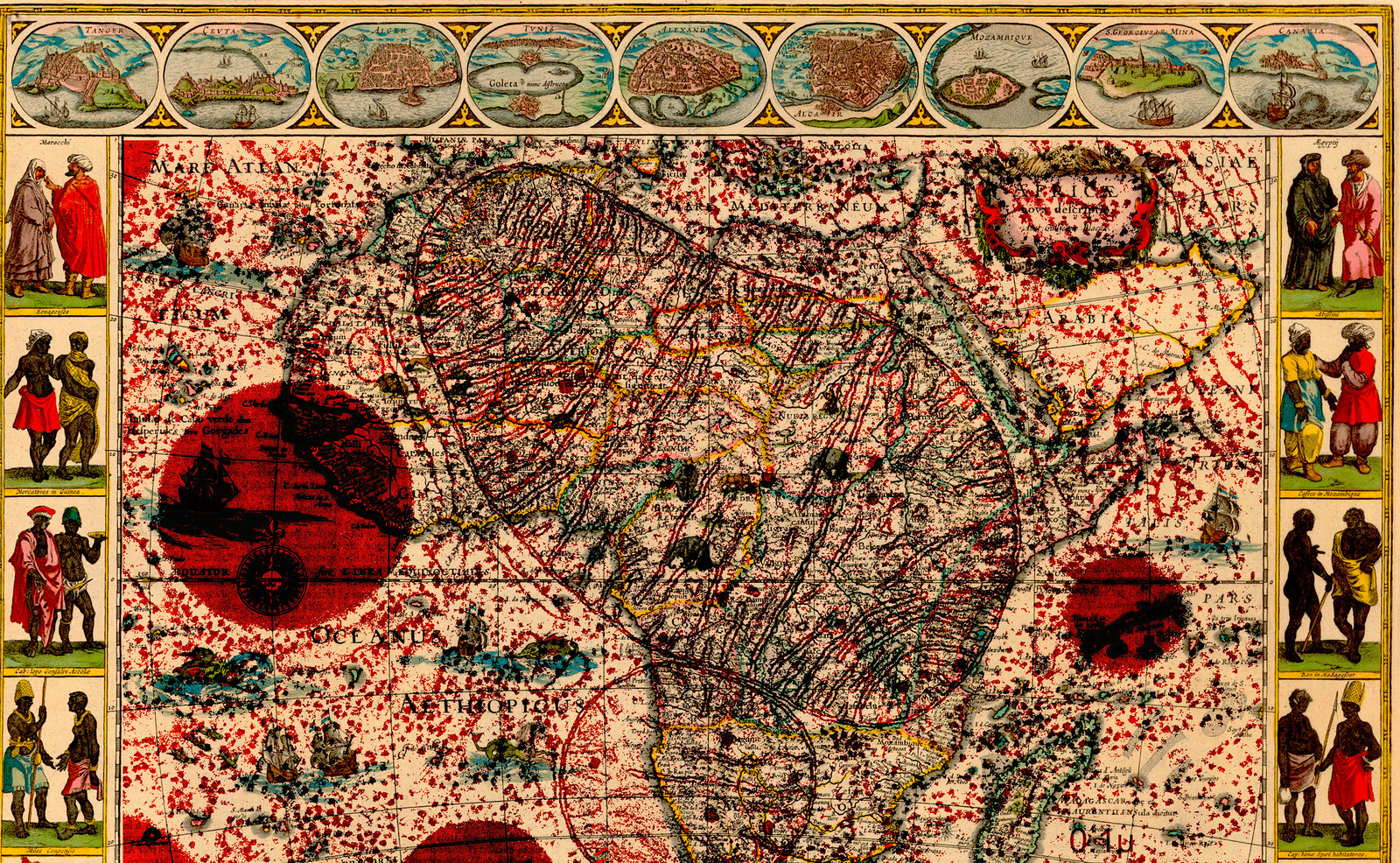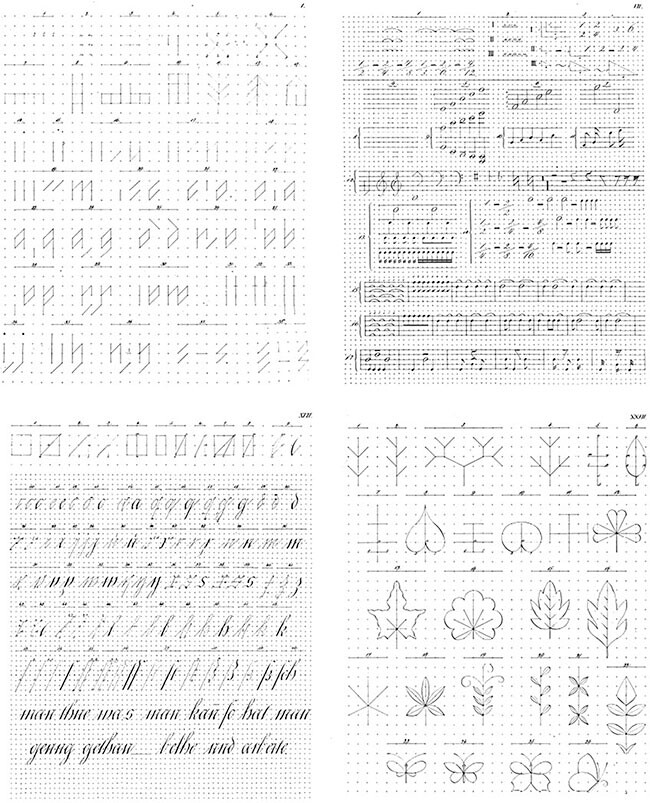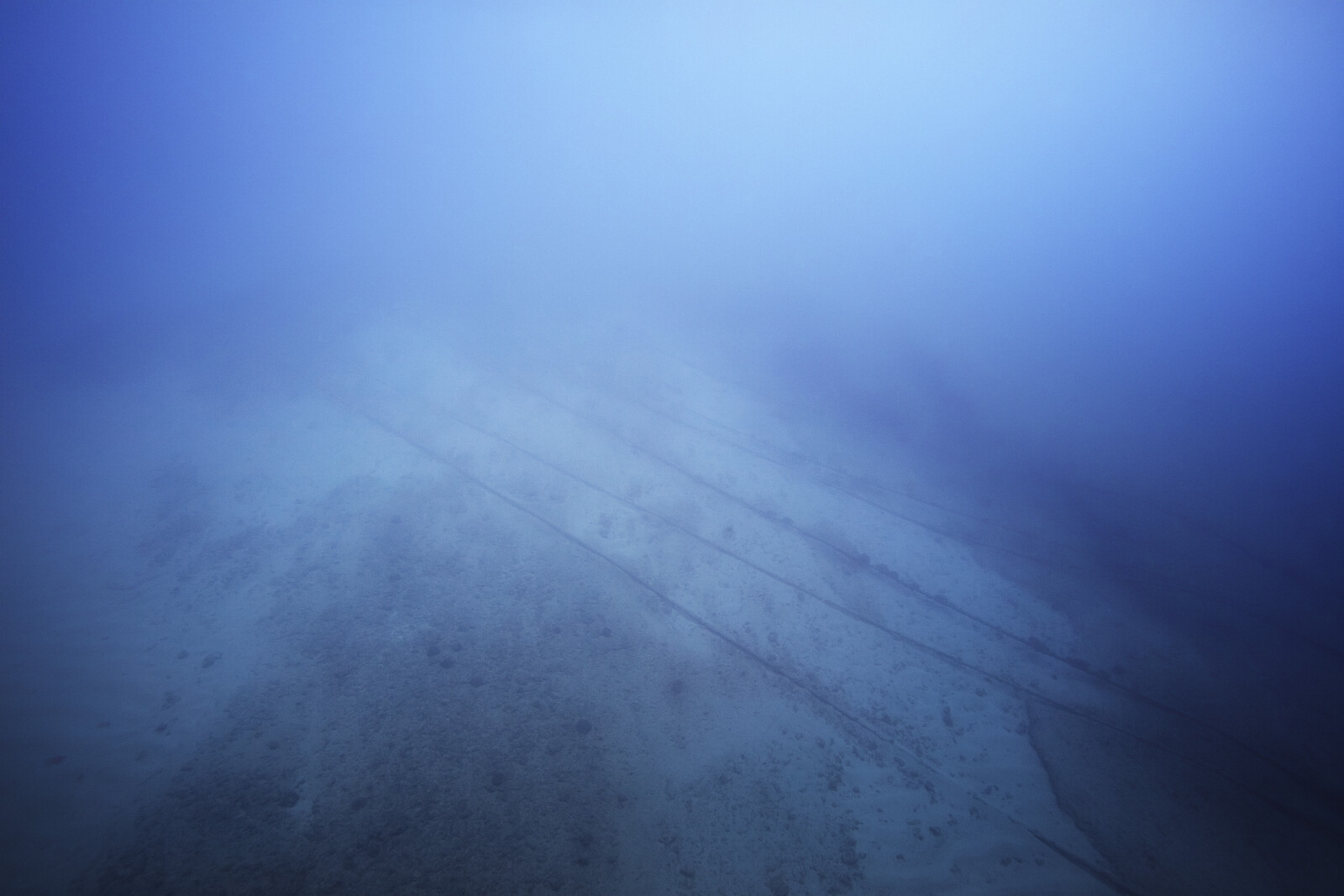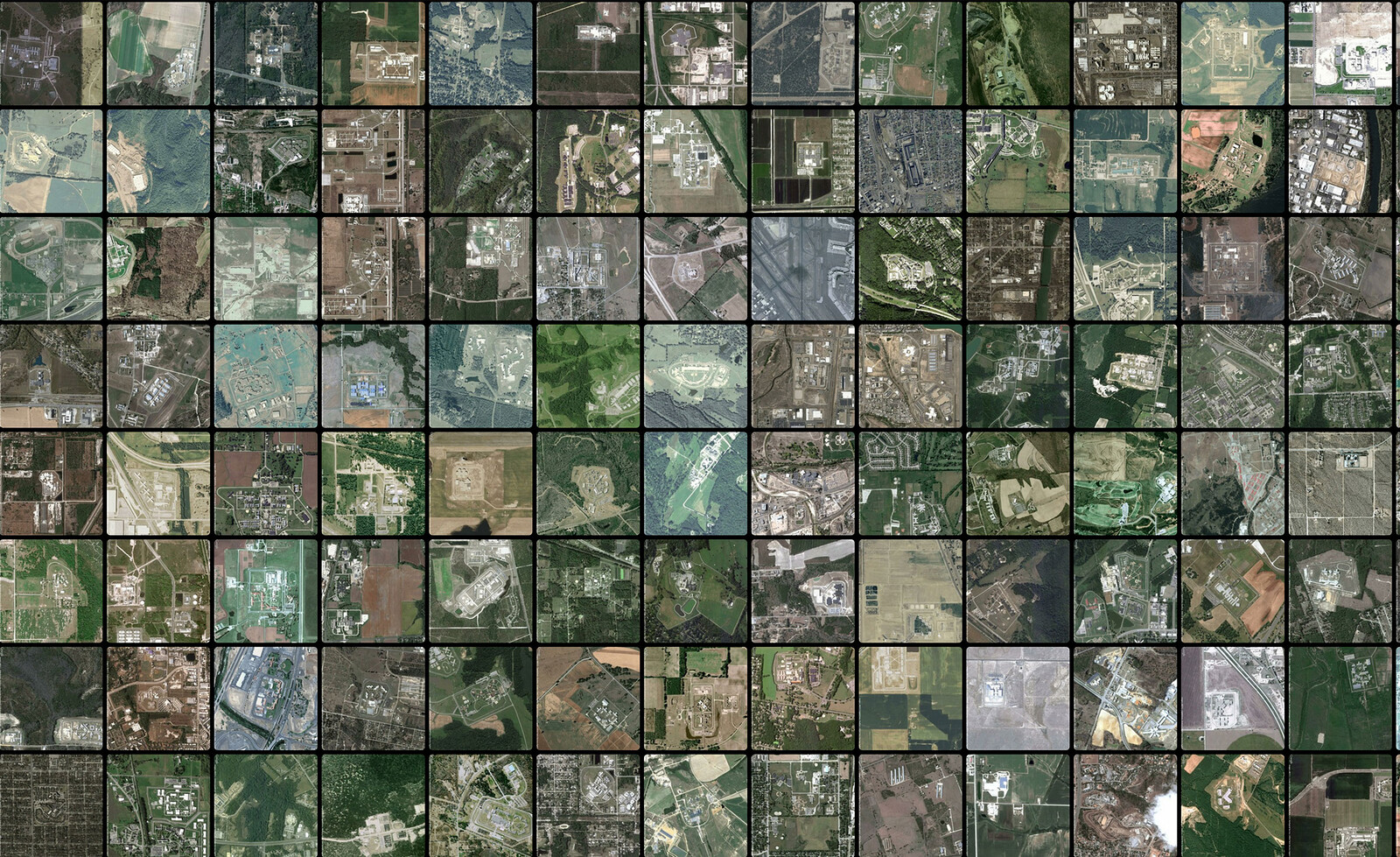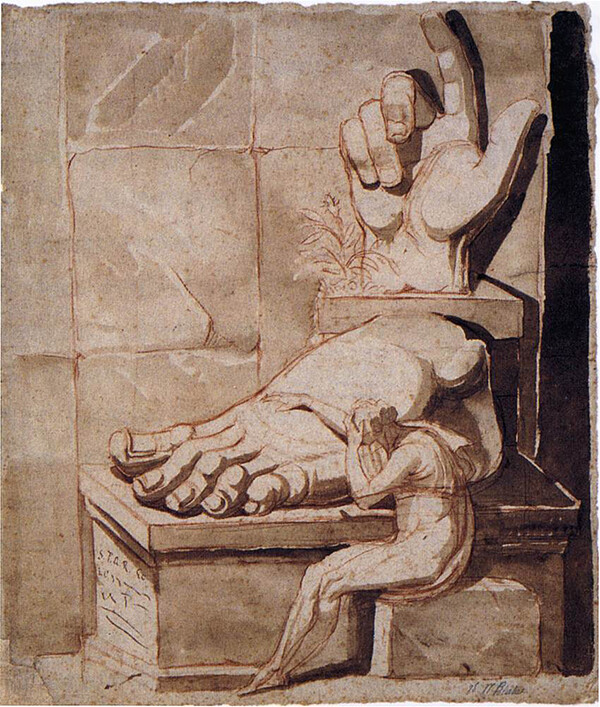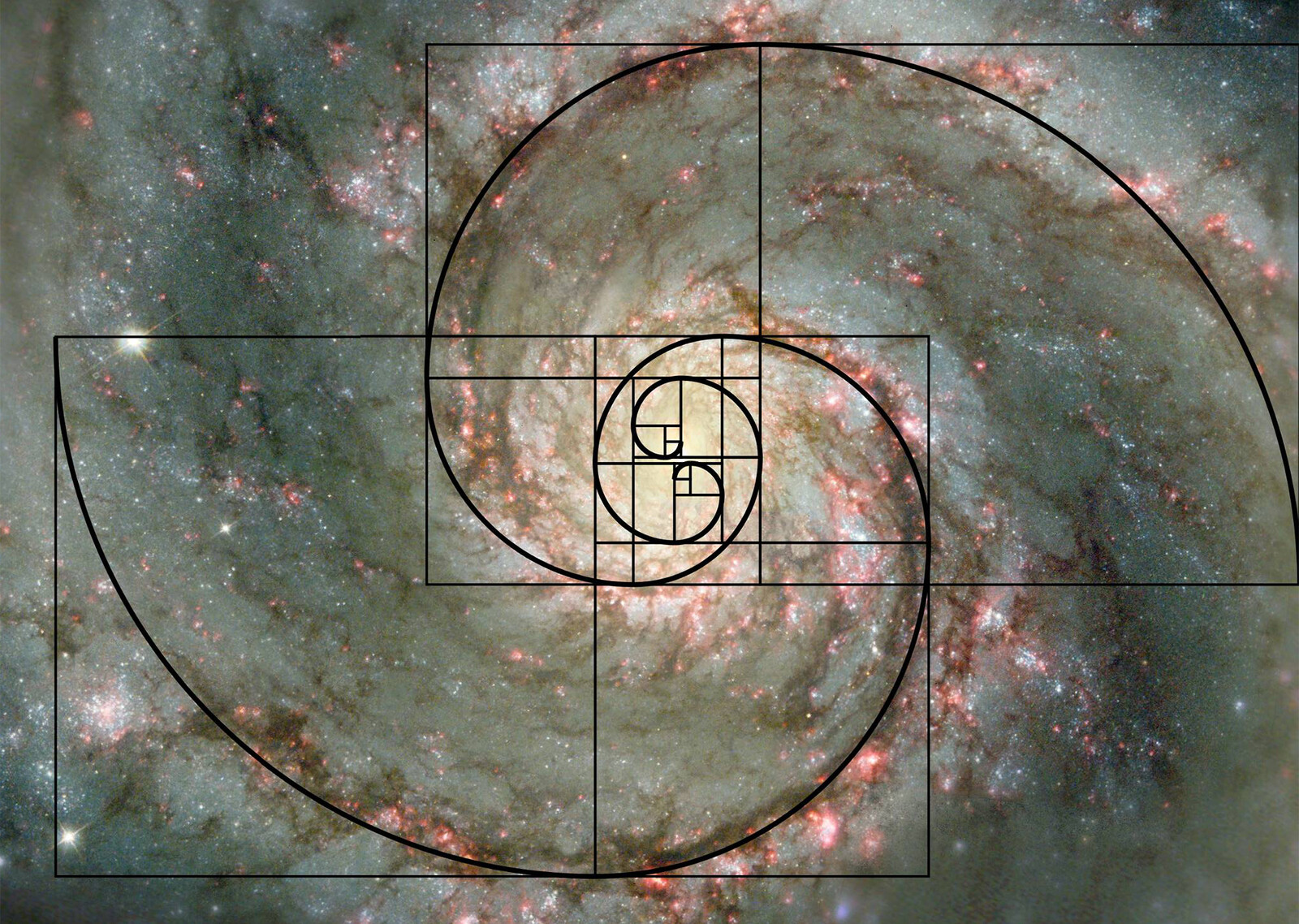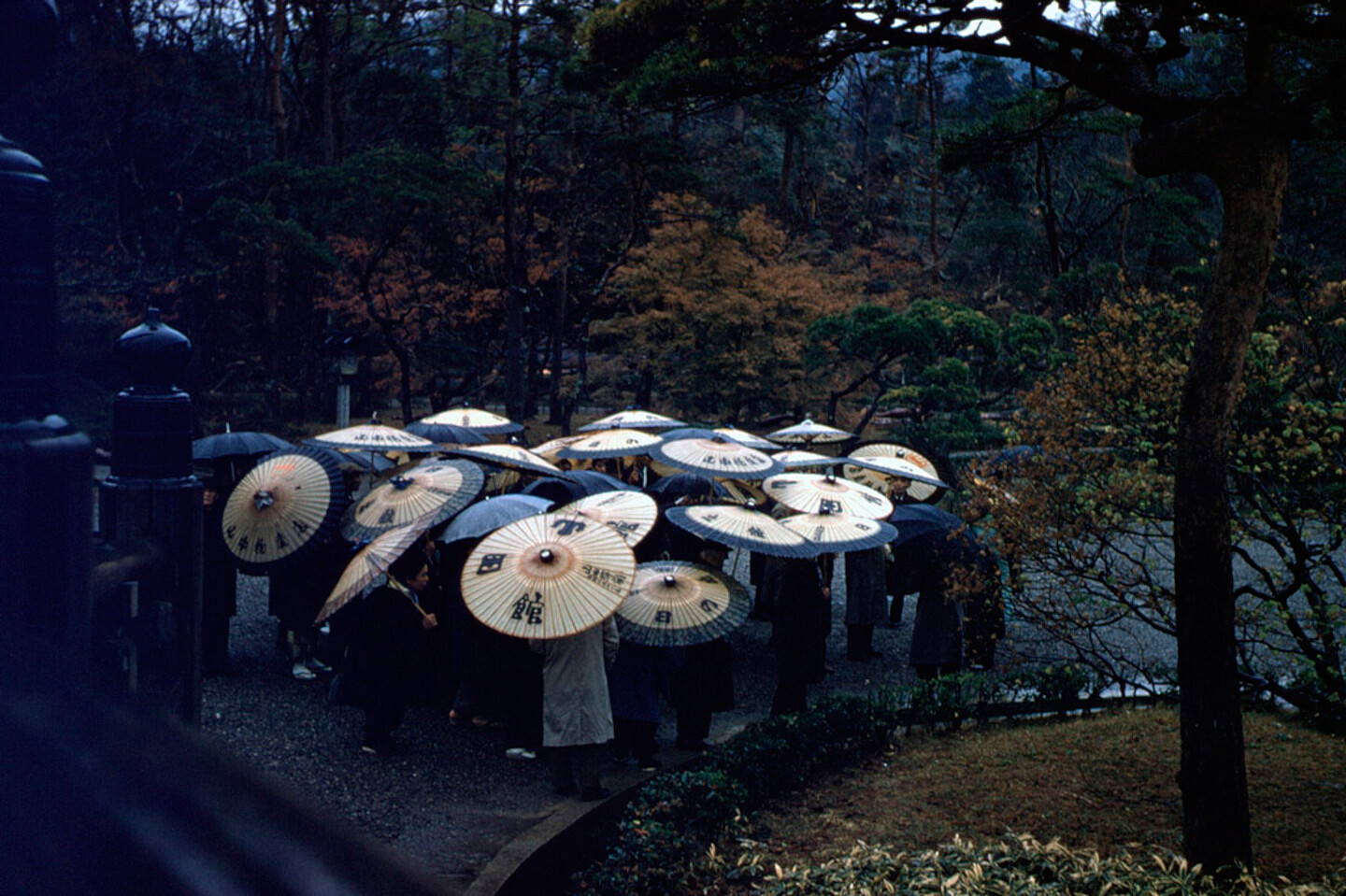The first and sometimes last thing an architect designs is himself. Andrea Palladio was born Andrea Di Petro della Gondola in 1508, and only became “Palladio” in 1538. The new name—concocted out of Pallas Athene, the goddess of wisdom and the name of a character in a play by Palladio’s patron, Gian Giorgio Trissino—designated Andrea as a master of languages, of both humanism and architecture. John Swan is the forgotten son of a mason, but also the moderately known architect John Soan, as well as the very well-known John Soane and the prodigiously known Sir John Soane. He is not Baron John Soane only because, despite the architect’s evident aristocratic ambitions, becoming a baron would have required John to leave his estate to his detested son, George. McKim, Mead & White might well have designed their firm name alphabetically, as did Skidmore, Owings & Merrill in reverse order. This corporate nomenclature was as mechanically generated and organizationally driven as the steel frames such offices worked in and on. Le Corbusier designed two names for himself, using one for his work as an architect and the other for his work as a painter, which is to say, he designed his names to affirm an essential distinction between mediums. Charles Moore was a serial renamer, going by Charles Moore at various times and at others by MLTW, Centerbrook Architect, Charles W. Moore Incorporated, Moore Ruble Yudell and Urban Innovations Group, to name just a few of his names, hidden identities and personae. And of course, the infinite array of acronyms, monikers and brand names designed by contemporary architects is just the most obvious symptom of the virtually universal desire to become a “signature architect,” a goal that requires a near total immersion of the self in the design of hyperbolic singularity and distinction.
The history of most things, or at least modern things, could be redesigned through an archaeology of proper and improper names, pseudonyms, alibis, forgeries and makers’ marks. This history would reveal misalignments between consciousnesses, individuals, persons, people and subjects, and in turn reflect a history of definitions of the human. The language games implicit in the design of “Palladio” belonged to a then-emerging association between the human and the capacity not just to use language but to design it, just as the humanists did when they refashioned Latin and reordered architecture. Soane’s modifications to his name were a central component to his continual effort to make the representation of his self and the self align, to produce a perfectly transparent cogito in accordance with the classical episteme that allowed no other possibility than the identification of “the human” with knowledge. Yet the rationalization of corporate name design in the late industrial age reflects the growing conflation of human and machine. Le Corbusier’s schizophrenic essentialism, for instance, grounded the human not in bedrock but in plastic; a twentieth century material infinitely powerful—and totally vulnerable—in its capacity to be endlessly remade. Plasticity became the ontological principal of the nuclear age, where matter became not a substance of essences and unities but the explosive potential to rive the human species to death. Only modern design could hold matter together until, perhaps exhausted by the effort, a new sort of human shifted his focus towards the design of death itself. Charles Moore performed his own death again and again, precisely in the period during which it was possible for people like Andy Warhol and Ronald Reagan not only to live life as a perpetual performance but to be shot, to die and to come back to life.1
_(11872278295).jpg,1600)
_(11872278295).jpg,1200)
A portrait of architect Auguste Perret hangs atop a staircase in his Palais d’Iéna during the exhibition Auguste Perret, huit chefs-d’œuvre!/?. Photo: Jean-Pierre Dalbéra
A history of architects’ names would be less a collection of biographies than an anthology of traces left by existences; traces that became more articulated in their design as those existences were shaped by an increasing number of increasingly denaturing systems of production, structures of power and abstract epistemologies.2 Palladio may have been widely known by a specially designed name, but architects did not commonly sign things until well into the eighteenth century. By then, a name alone was insufficient for the complex task of authentication required by a culture organized around the circulation, collection and exchange of images. Palladio’s name printed in a book was enough to spread Palladianism, but Piranesi needed both a name and an identifying signature to function as avatar and keep him attached to his drawings as they dispersed, image by image, across Europe.3 As industrial modernization further alienated the architect-as-person from his productions, compensatory architectural signatures proliferated until even buildings themselves were signed. From the mid-nineteenth century on, the quotidian architectural counterparts of often insignificant existences, like the innumerable apartment blocks that built the modern European city, sported signature plaques near their front doors. These signs of self-importance, bits of advertising for an often-anonymous architect, were small tokens of self-design offered in compensation for the increasing absorption of human presence in the metropolis as a layer of design. Auguste Perret scratched his name into a wet ceramic tile on his apartment building at 12 bis Rue Franklin in Paris, leaving behind a signature more like a child’s scrawl on a sandy beach than an exemplar of art nouveau design.
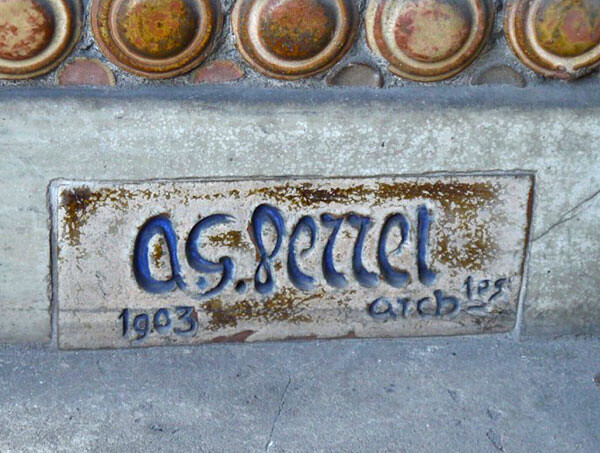

Architect Auguste Perret’s signature as found on a tile embedded on the façade of his Rue Franklin building, Paris.
A name signed in wet sand that cannot be erased is evidence of the effects of the emergence of geological time and of history outside human experience as concepts during the nineteenth century on architectural design. If, in the wake of the invention of the Darwinian past, history was no longer to be recorded on paper, motivated by the acts of individuals and authenticated by signatures but rather buried within layers of rock, where, how and for whom were traces of individual existence to be deposited? For architects of the latter half of the nineteenth century, in other words, how to design history and the place of the human within it became a central preoccupation, one that can be read through the redesign of names, signatures and their division into two increasingly irreconcilable forms, each with a distinct mode of address. Growing separations between museums and archives, drawings and documents, and monuments and habitations produced cleavages between histories addressed to individual human experience and those addressed more abstractly to the human species. Charles Garnier, for example, became a designer both of architectural monuments and of human beings. On the one hand, the Paris Opera came to be so identified with the architect that it was known as the Palais Garnier. To reinforce the building’s function as a signature, Garnier had a monument to himself—an autograph, in effect—erected in front of the entrance bearing his bust, his name, his drawing of the Opera and the dates of his birth and death. As vertical and visible as the building’s grand façade seen at the end of the long perspective, the monument addressed itself to man, he who walked erect through the city on its new boulevards and who empirically understood his place in the present, as a reality derived from the conditions of his human experience. On the other hand, Garnier also styled himself as ethnographer, constructing at the 1889 Exposition Universelle a display of human habitation from the prehistoric to what he called the “contemporary primitive”: forty-four buildings concerned not with individual existences but with the “march of humanity through the ages.”4 This panorama of prehistory required the suppression of Garnier’s signature to produce its reality effects, and therefore more design than ever: to be perceived as prehistoric, each house had to be fully furnished, inhabited by living human specimens in costume, and visitors had to be distracted from their temporal incongruity with the present. In the book published as a scientific record of the spectacle, the extraction of the species from the present continued. Each house is presented as if drawn on a separate sheet of paper and the papers piled up on each other and strewn haphazardly across the page, deposited like so many strata in a geology of paperwork. The individual drawings aspire to the status of anonymous documents, lest evidence of their design lessen their capacity to appear as architectural fossils at the limit of human history. L’Habitation Humaine required nothing more than the printed identification of Garnier as co-producer.5
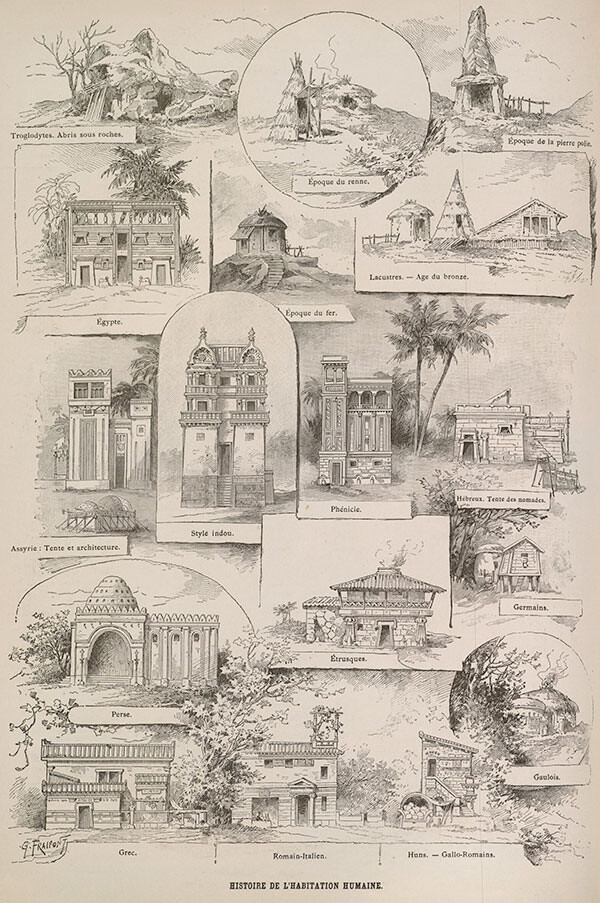

An engraving in the survey book by Charles Garnier and Auguste Ammann, L’Habitation humaine (Paris: Hachette, 1892).
If the human and its place in history were both designed during the second half of the nineteenth century, the human was redesigned without a place in history in the second half of the twentieth century. By the 1960s, cultural attention was shifting to the end of the species rather than its origins; a potential death that was making its way into thought, redesigning neural pathways and the epistemic substrate of life. The advent of a geological era designed by humans, today commonly known as the Anthropocene, was therefore raising the question of what kind of signatures, what signs of life, would be useful for a time after the human—for a historical age without human posterity? Those becoming architects as these questions were taking shape are the architects associated with postmodernity and its anxieties about history. These architects constitute the last generation for whom the use of their own name as avatar, linked to their biographies and personal experience, appeared to be a natural selection rather than an act of design. This generation was scrupulously attentive to how they would enter the historical record, constructing elaborate and explicitly designed genealogies of architecture into which they inserted their names. Above all they self-archived, almost continuously, and while their obsessively constant choices about what to keep and what to expunge from the design of their future memory produced an almost comprehensive record of their existences, their efforts nevertheless contain gaps; evidence of moments when they appear to have been distracted from posterity by the exigencies of immediate events. And in these unintended lacunae, self-designs not only without designers, but more importantly without designated or even imagined recipients, begin to appear.
Peter Eisenman and Robert Venturi are two architects who were particularly consumed by self-archiving in the 1960s, although they followed apparently opposed design methods in this enterprise. Eisenman allowed relatively little material to find its way into the archive of House 1, for example, which is evidence of the great deal of material he elected to repress.6 He included only drawings, largely by his own hand, and no paperwork, thereby eliminating any trace of constraints on him and exposing his desire to appear absolutely autonomous, which is to say self-regulated and self-designed. His protocol recalls that of an art collector or museum curator, carefully picking and choosing things according to criteria designed to appear subjective and hence able to produce a record of a human existence identified as such by its pure and autonomous subjectivity. Many of these drawings are signed. Venturi, on the other hand, kept and included everything: every scrap of paper, specification set and phone memo.7 His protocol was clinical and scholarly, designed to appear objective, and his archive contains far more signatures on typed letters, contracts and other mechanically produced documents than on drawings. Where Eisenman’s archive is holographic, like a handwritten last will and testament, with his name appearing as an intrinsically authenticating autograph, Venturi’s archive is an accumulation of copies, typesets, and transcripts; the sort of documents that require notaries to authenticate their signatures. The former imagines its salience in terms of its capacity to record the unfolding of a personal history—what the field calls a “design process”—addressed to other persons with histories, while the latter imagines its salience in terms of its capacity to record the traces of functions deposited in an impersonal mountain of paperwork addressed to other operatives.
Despite the significant differences in the design of the selves they contain and the human types they address, both archives are above all containers for the after-life of these various self-designs. They design both the past and the future, but it is in the projection of the future that the archives capture traces not only of design intention but of designs without designers that anticipate the potentiality that these future addressees may not be human in any recognizable sense. Mixed in among the autographs on drawings that appear with a systematic deliberateness on the lower-right-hand corner and the signatures of documents that consistently follow bureaucratic regulation on the proverbial dotted line (which is to say, mixed in with designs of selves and their place in the human world), there appear a loose scattering of letters: a free floating “P,” an “E” in axonometric projection, and an “RV” here and there. These initials neither reinforce nor undercut the self-archiving impulse but instead appear simply to disregard the self as an a priori category and, without a self to recognize them as signs, they mutate into elements of a code that is already obsolete, bits of data prepared for algorithmic operations that unfold without design. If Palladio used digits to regulate the orders, he did so to make them more communicable to other humans, not less. Eisenman and Venturi’s digits operate with no guarantee that a human will be their ultimate recipient.
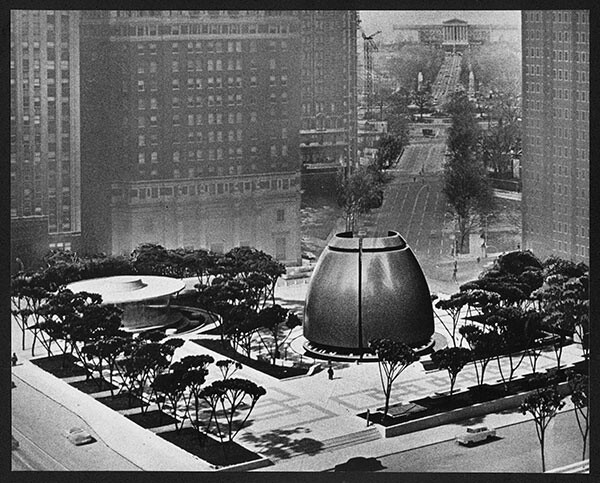

Monumental Fountain on the Benjamin Franklin Parkway, Competition. Fairmount Park Art Association. Rollin LaFrance Collection, Architectural Archives University of Pennsylvania.
The political context of this design of history without humans is made evident in one of the first collaborations between Robert Venturi and Denise Scott Brown, a design submitted to the Fairmount Park Fountain Competition of 1964, shortly after the Cuban Missile Crisis. As befits the ontology of the nuclear age, the architects describe their proposed fountain, the central point of an artificial interior grotto, mossy and filled with a misty yellow haze, as a plastic shape, even though it was to be made of sand-blasted aluminum and designed to amplify the mechanical roar of its sixty-foot high jet of water. The shape, in fact, is that of the tip of a missile ready to rocket into space; a potential escape pod and weapon. Lettering at the base was designed for humans walking upright in the park: for them, the legend read “Here Begins Fairmount Park.” These homo sapiens, however, were only part of the missile’s intended target. To those humans redesigned by mechanization, who traveled in cars at high speeds and moved low to the ground, the message compressed into an instruction; Park Here. While working on this design, using the standard lined yellow paper on which he signed his name and tagged his initials, Venturi also seems to have considered sending a message to a future reader who had mutated beyond the recognizably-human altogether. For no apparent reason, in between sketches, initials and arbitrary marks on paper, he wrote “Ask not what your country can do for you”; the first line of the famous couplet of John F. Kennedy’s presidential inauguration speech. Venturi, however, did not write the second line that concerned the importance of human action: “ask what you can do for your country.” Instead, he simply marked the paper with ditto marks, as if to repeat the negation of human action, ad infinitum.8
If the pre-modern architect was a demiurge, a designer of all things and a being at the very limit of the human, and if a modern architect like Garnier could write, “there is no need to choose among the arts: one must either be God or an Architect,” the architect who considers the Anthropocene has the task of confronting the design of history for neither man nor god but instead for an empty future. Yet even that thought relies on a theory of design, the oldest theory of design—creatio ex nihilo—because for humans there is no thought outside design, not even the thought of nothing.
This is the subject of a forthcoming book by Peggy Phelan, Death Rehearsals: The Performances of Andy Warhol and Ronald Reagan.
On the relation between signatures and the notion of an anthology of existences, see Michel Foucault, “Lives of Infamous Men.” In Paul Rabinow ed., The Essential Foucault: 1954-1984 (New York: The New Press, 1994), 157–175.
On the history of the artist’s signature, see Nicole Hegener, Künstlersignaturen von der Antike bis zur Gegenwart: Artists’ signatures from Antiquity to the present (Petersberg: Imhof, 2013).
For a historical account of the exhibit, see Gustave Fraipont, Histoire de l’habitation humaine: Constructions édifiées par Charles Garnier (Paris: 1998-90).
See Charles Garnier and Auguste Ammann, L’Habitation humaine, (Paris: La Librarie modern, 1892).
Peter Eisenman’s official archive is held at the Canadian Center for Architecture.
Robert Venturi’s professional archive forms part of The Venturi Scott Brown Collection, held in The Architectural Archives, University of Pennsylvania.
This particular sheet is misfiled and located among the papers concerned with the Guild House. On the completion, see Robert Venturi, “3 Projects,” Perspecta, Vol. 11, 1967: 103–111.
Superhumanity is a project by e-flux Architecture at the 3rd Istanbul Design Biennial, produced in cooperation with the Istanbul Design Biennial, the National Museum of Modern and Contemporary Art, Korea, the Govett-Brewster Art Gallery, New Zealand, and the Ernst Schering Foundation.
Category
Superhumanity, a project by e-flux Architecture at the 3rd Istanbul Design Biennial, is produced in cooperation with the Istanbul Design Biennial, the National Museum of Modern and Contemporary Art, Korea, the Govett-Brewster Art Gallery, New Zealand, and the Ernst Schering Foundation.

